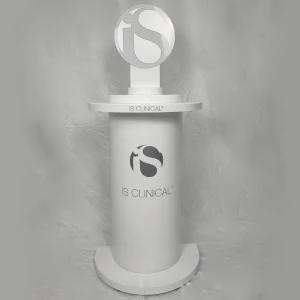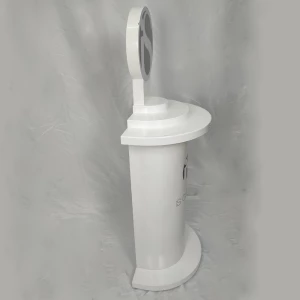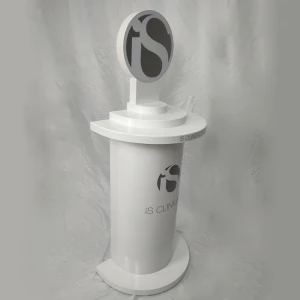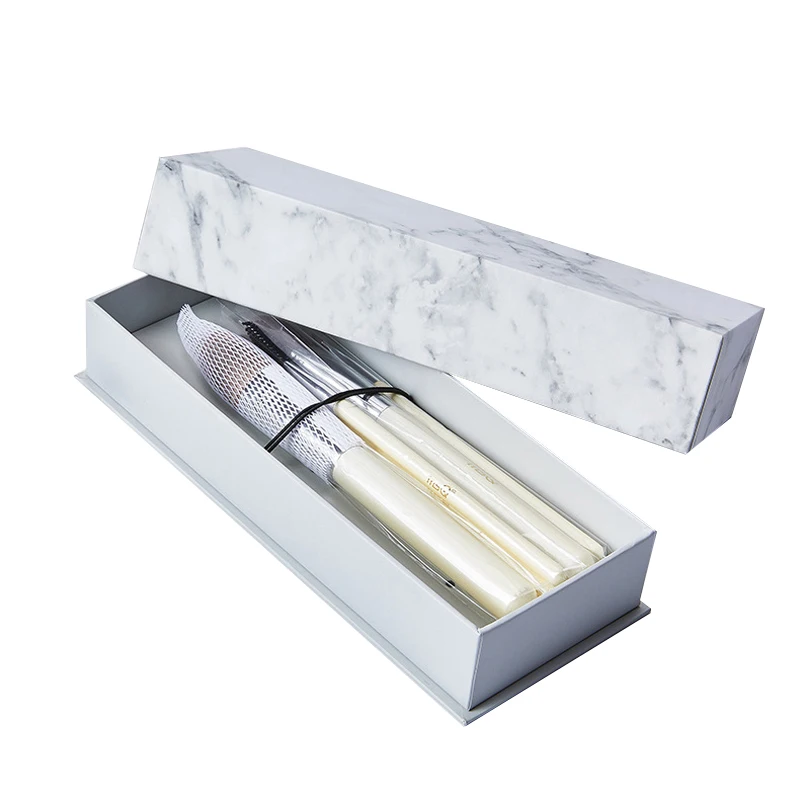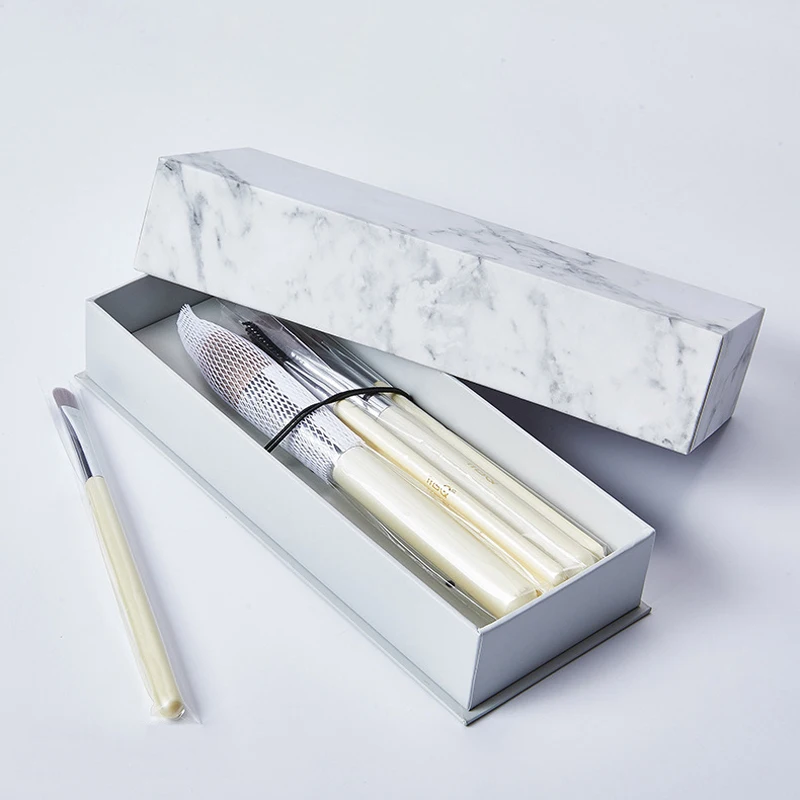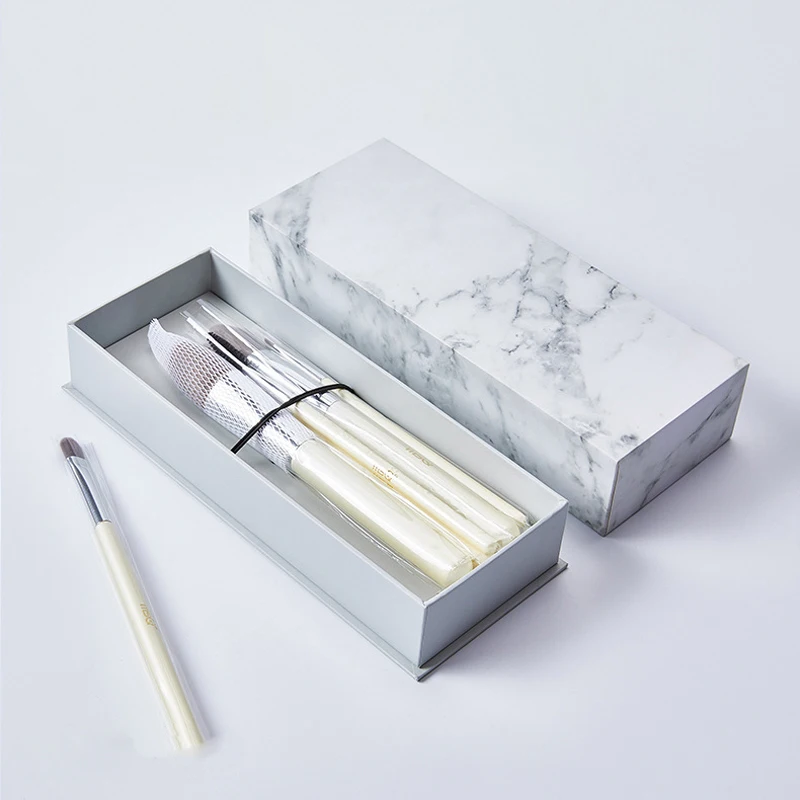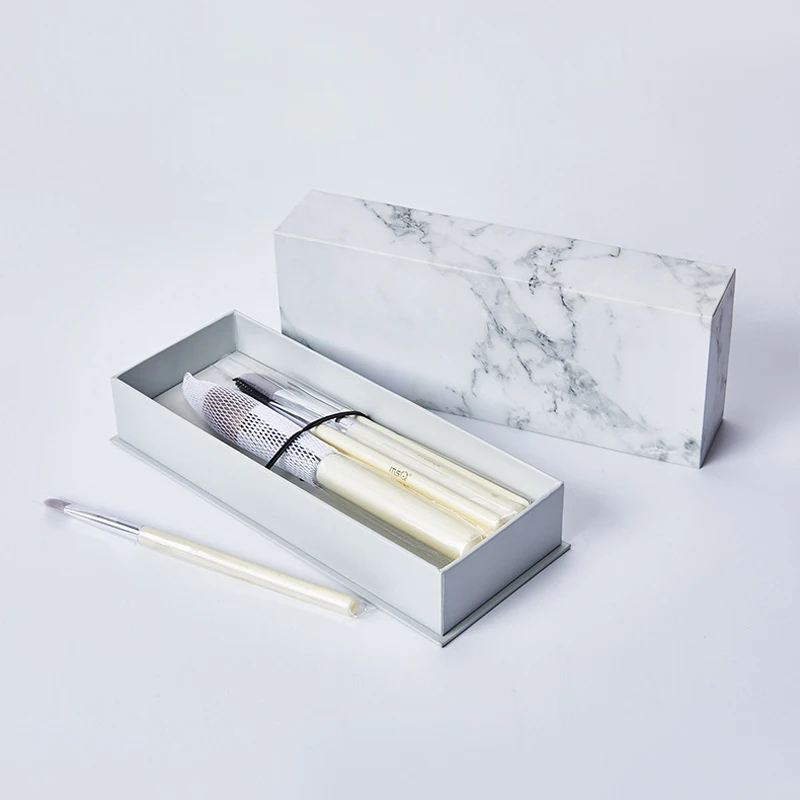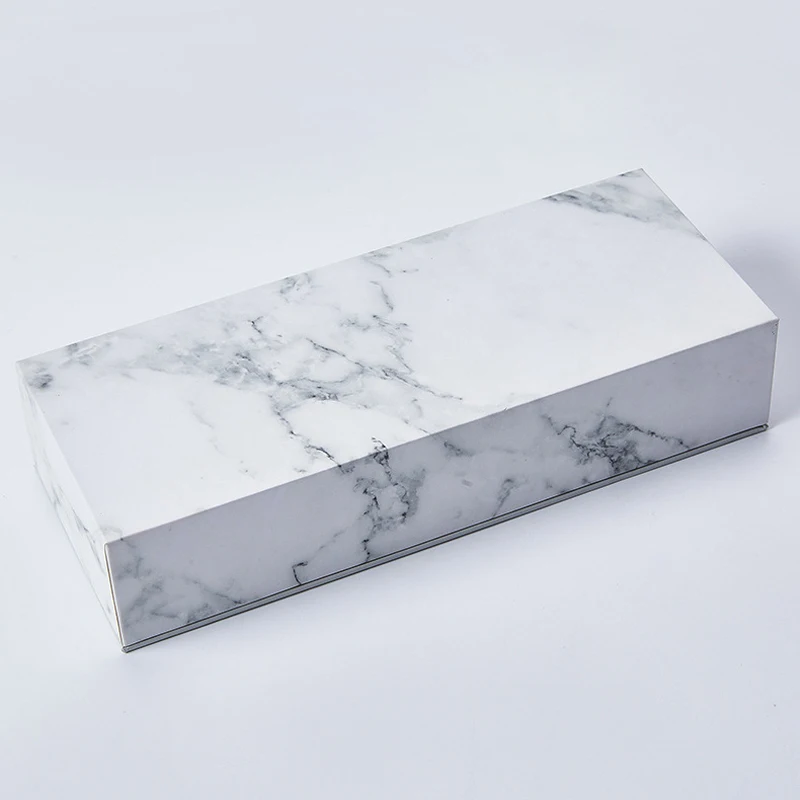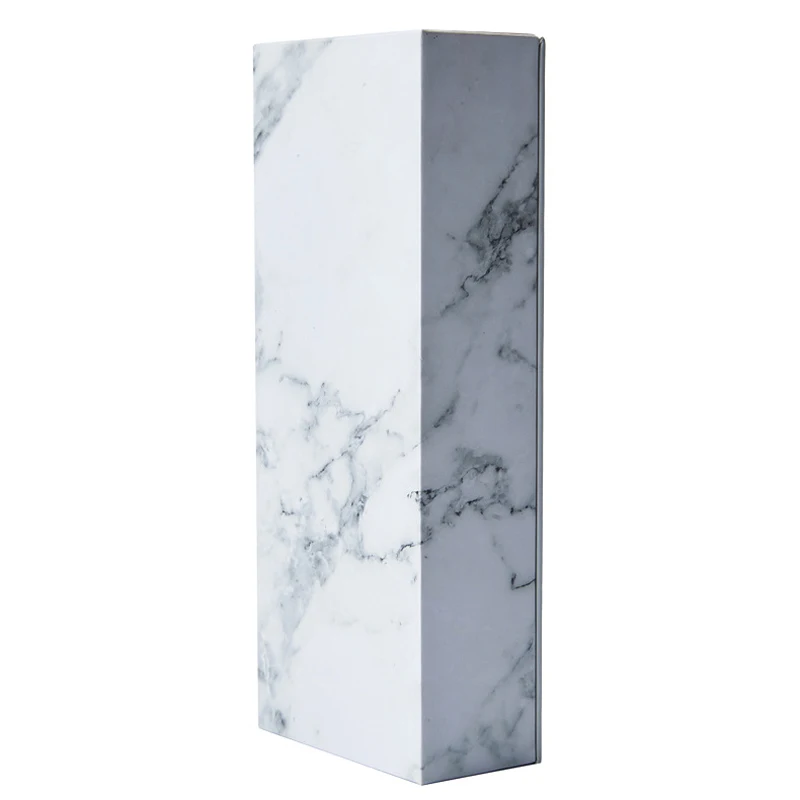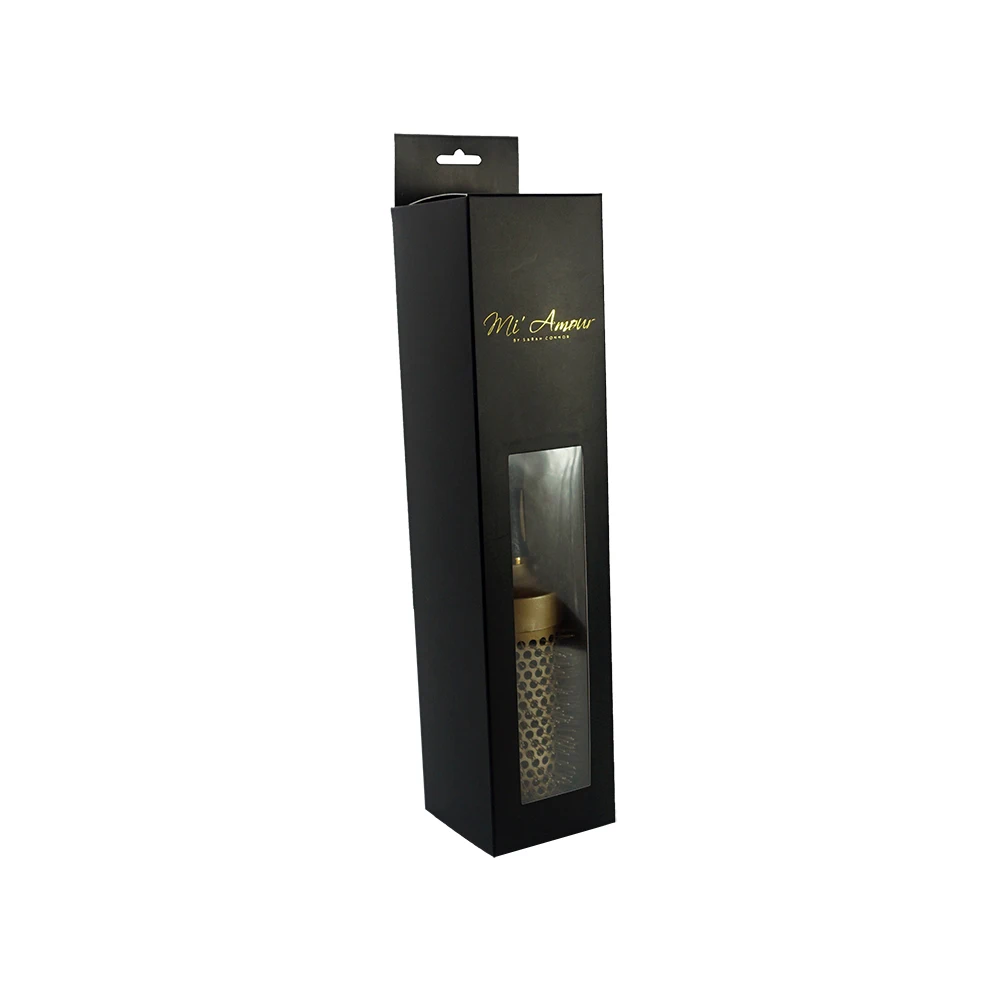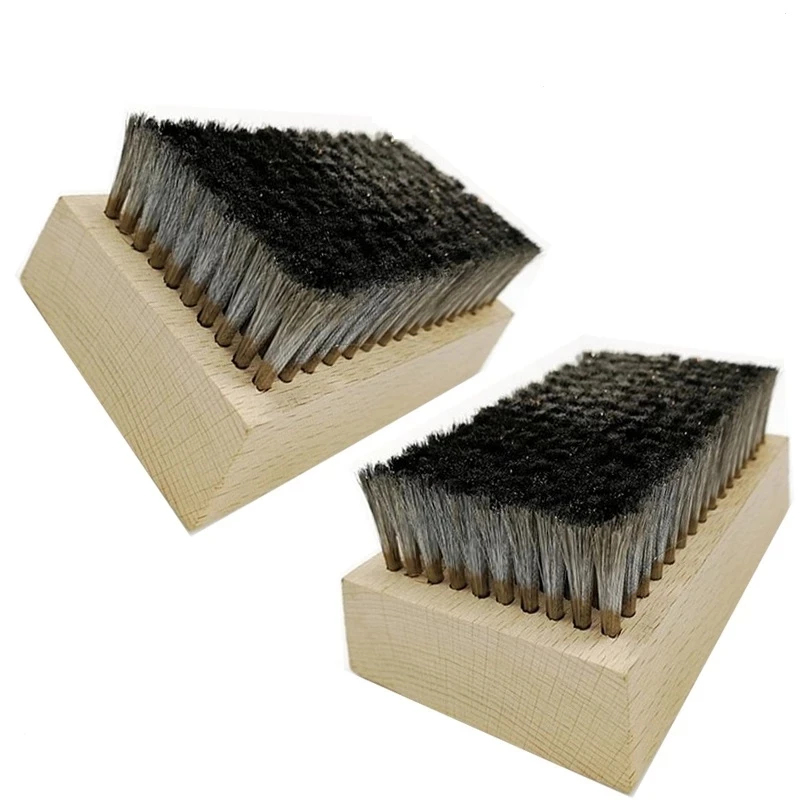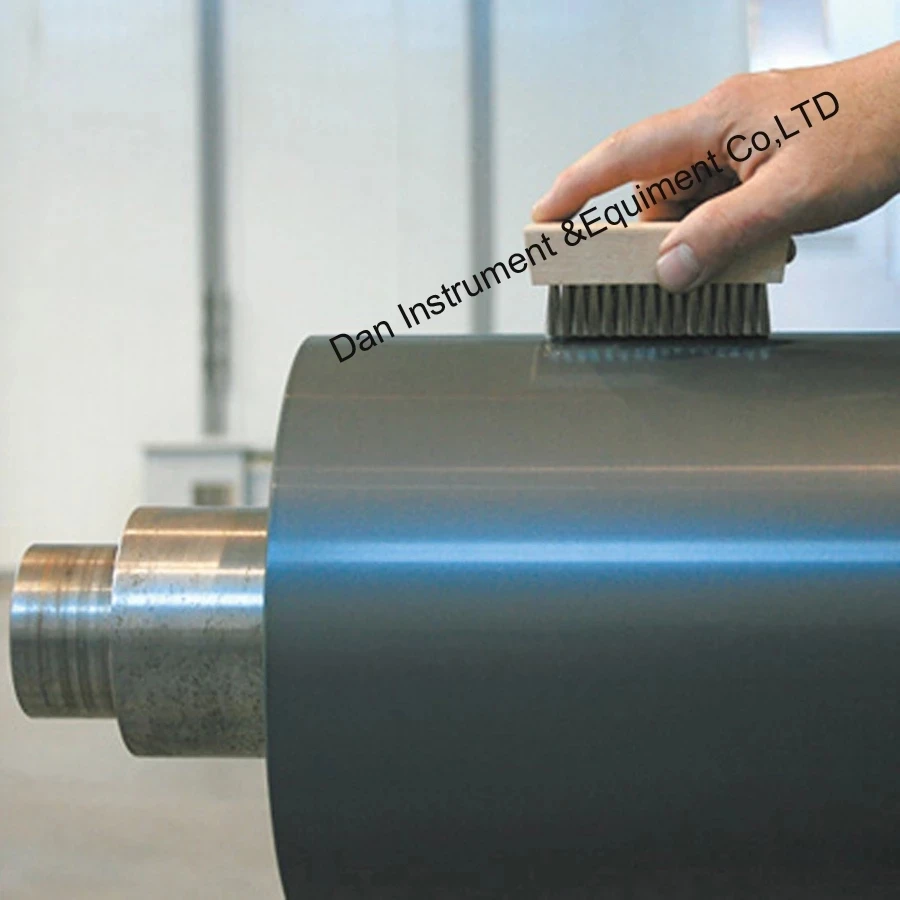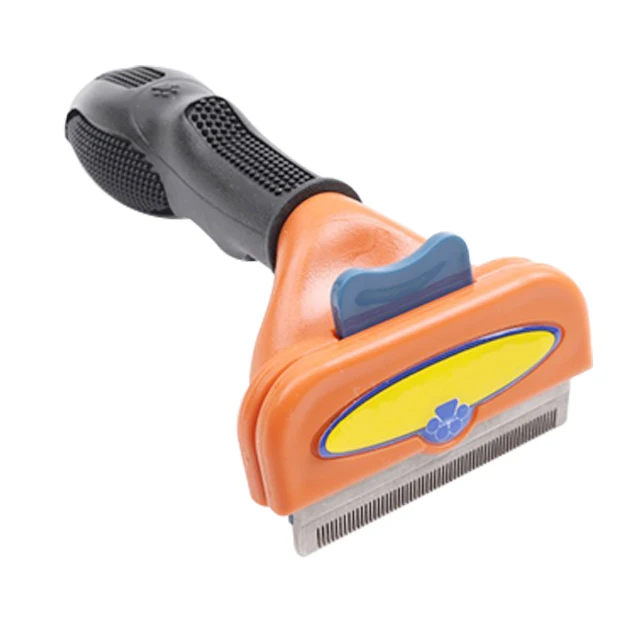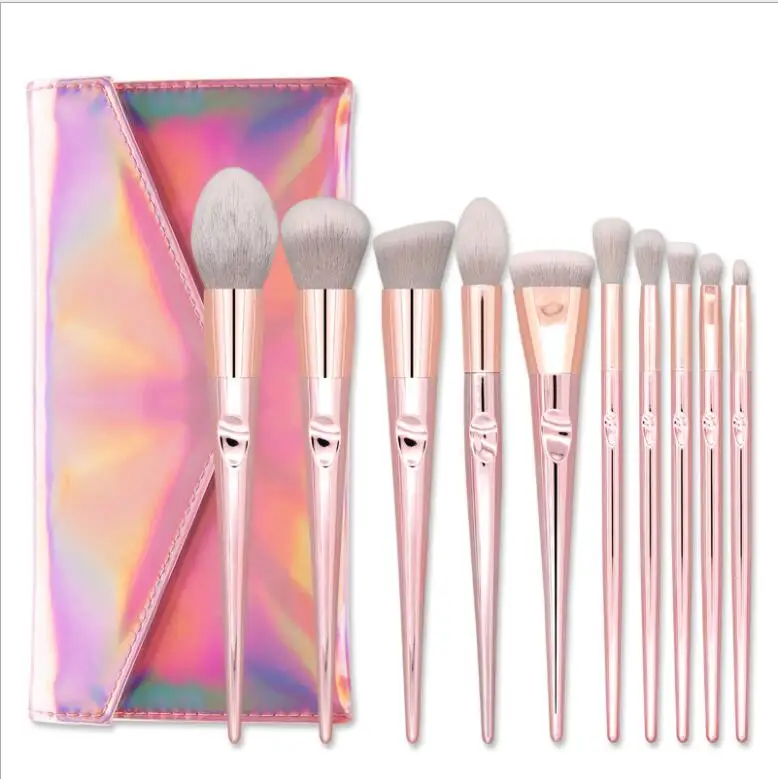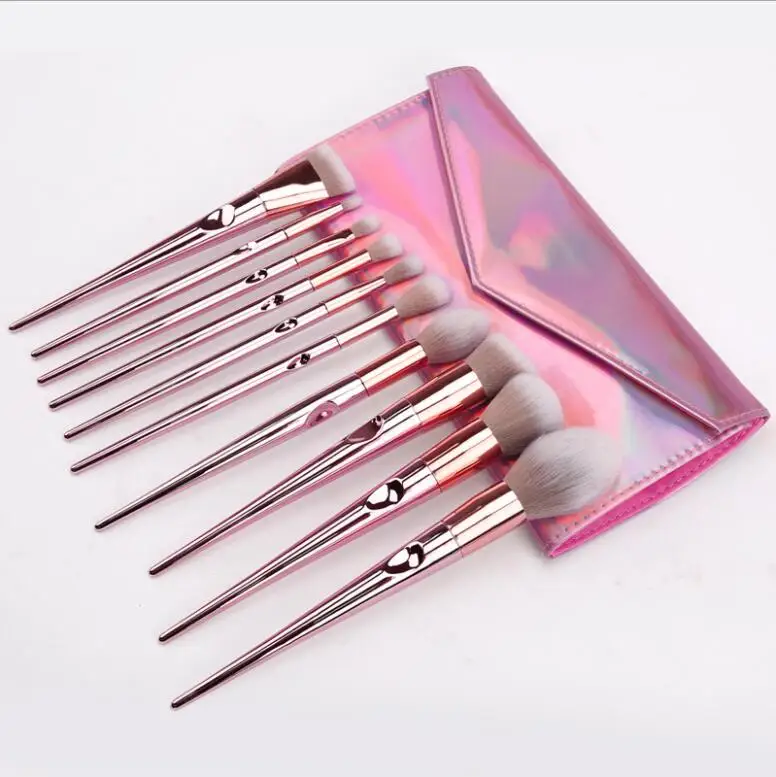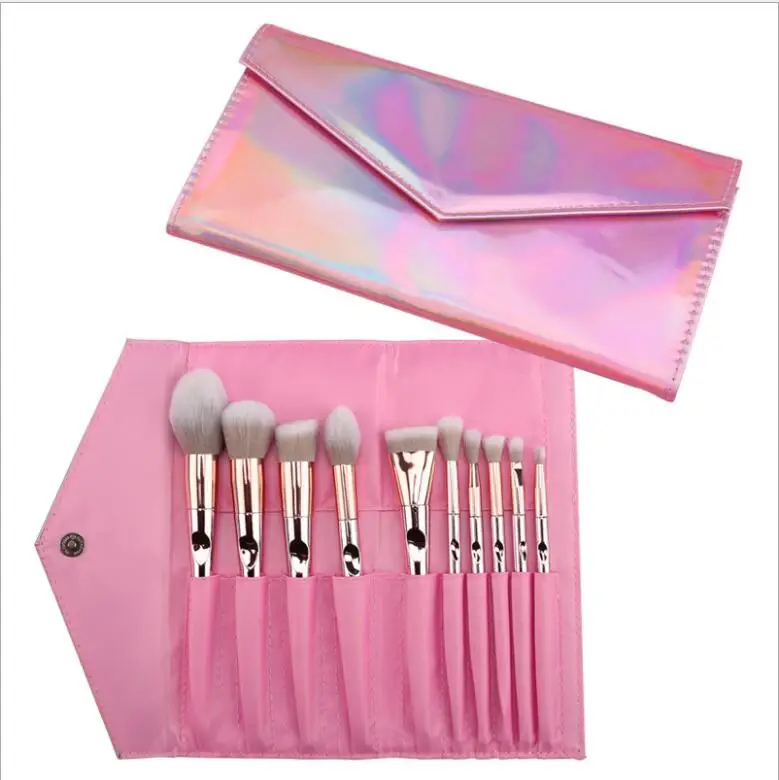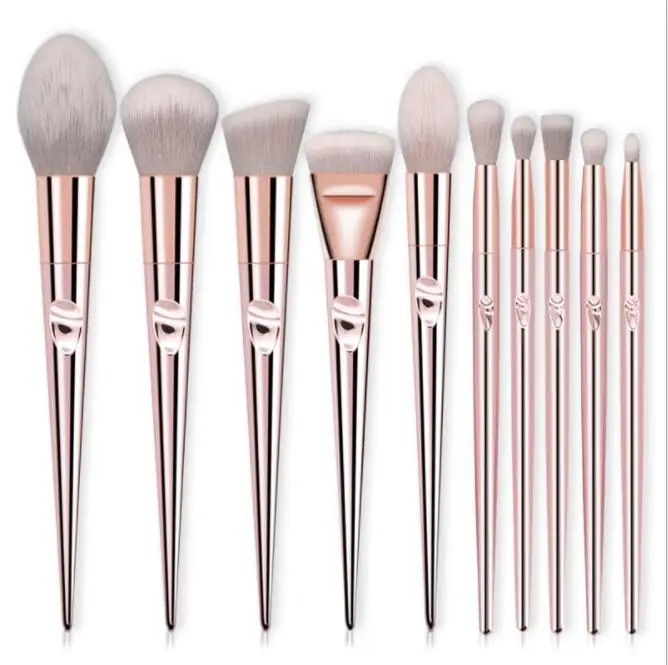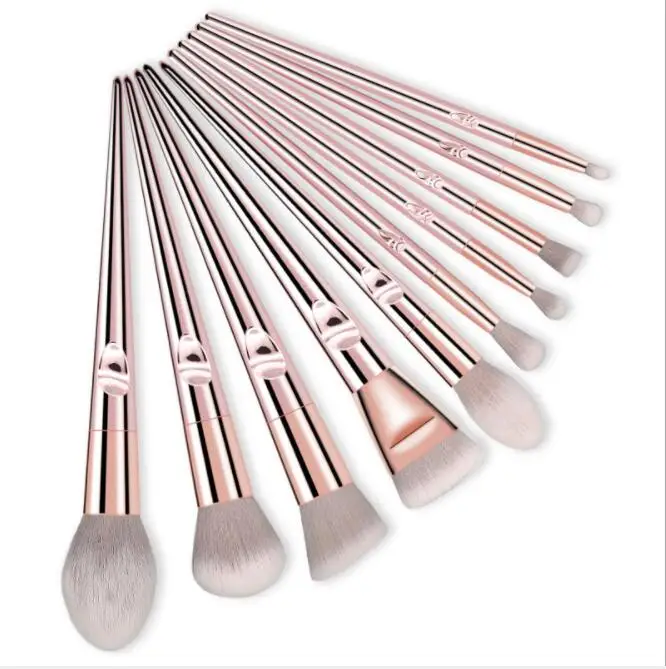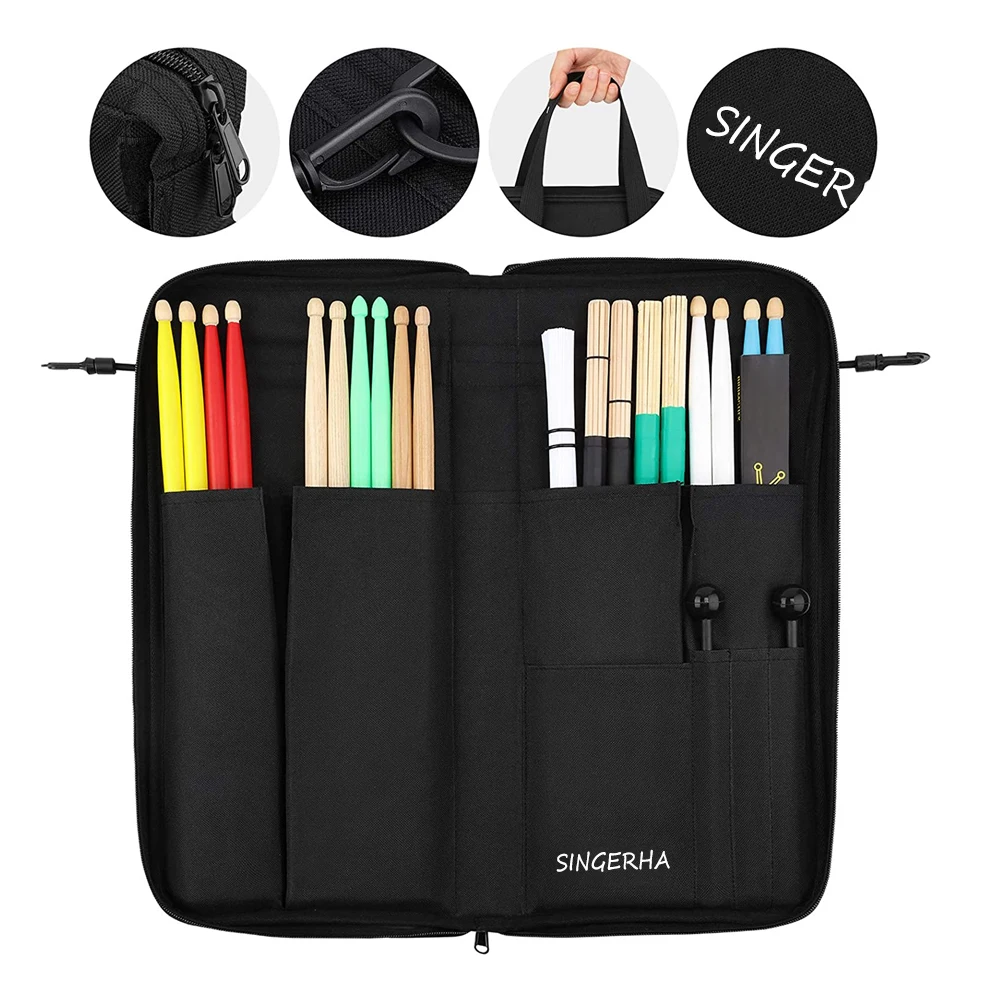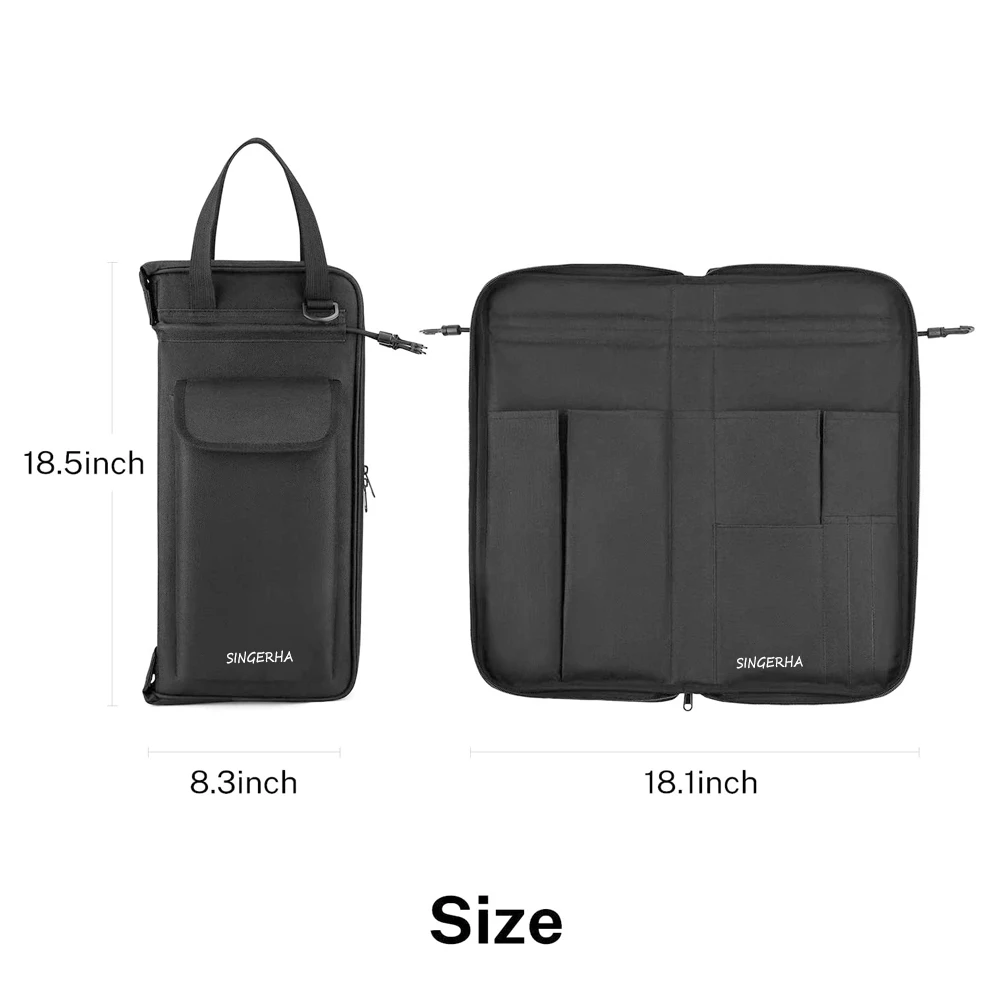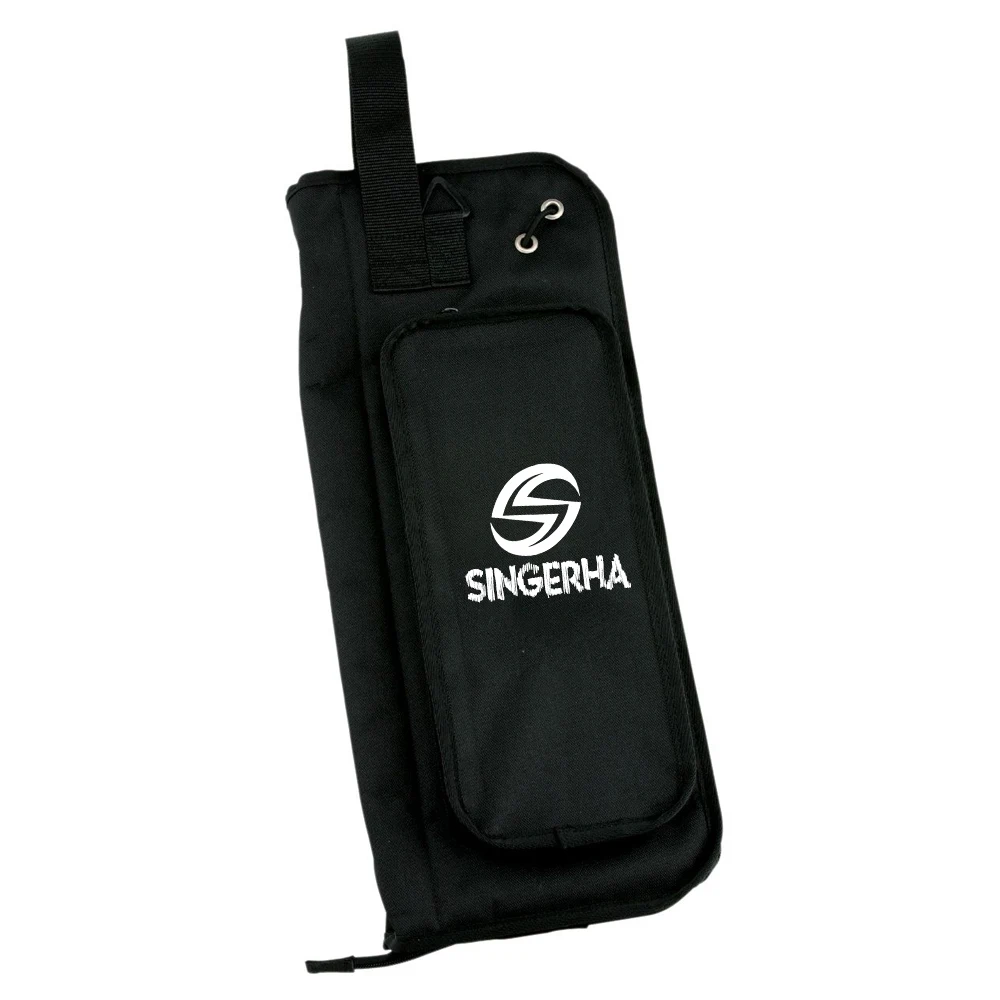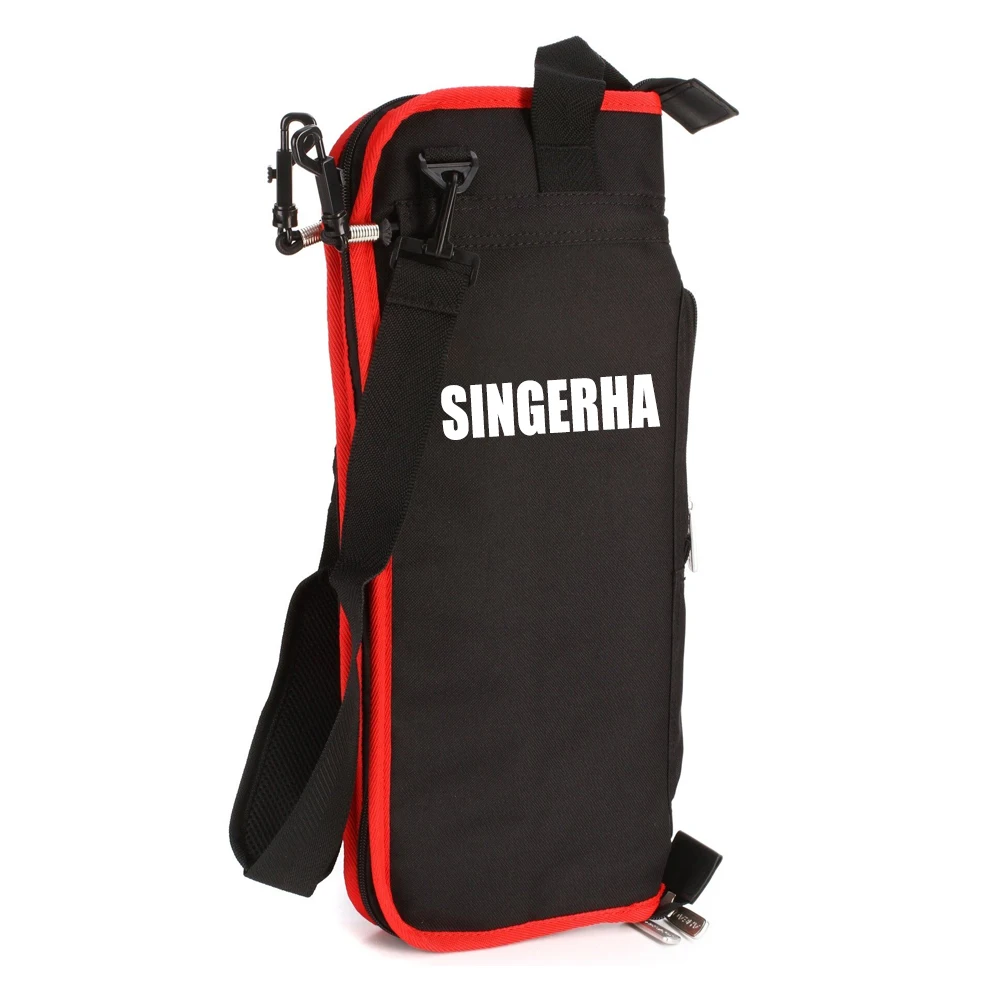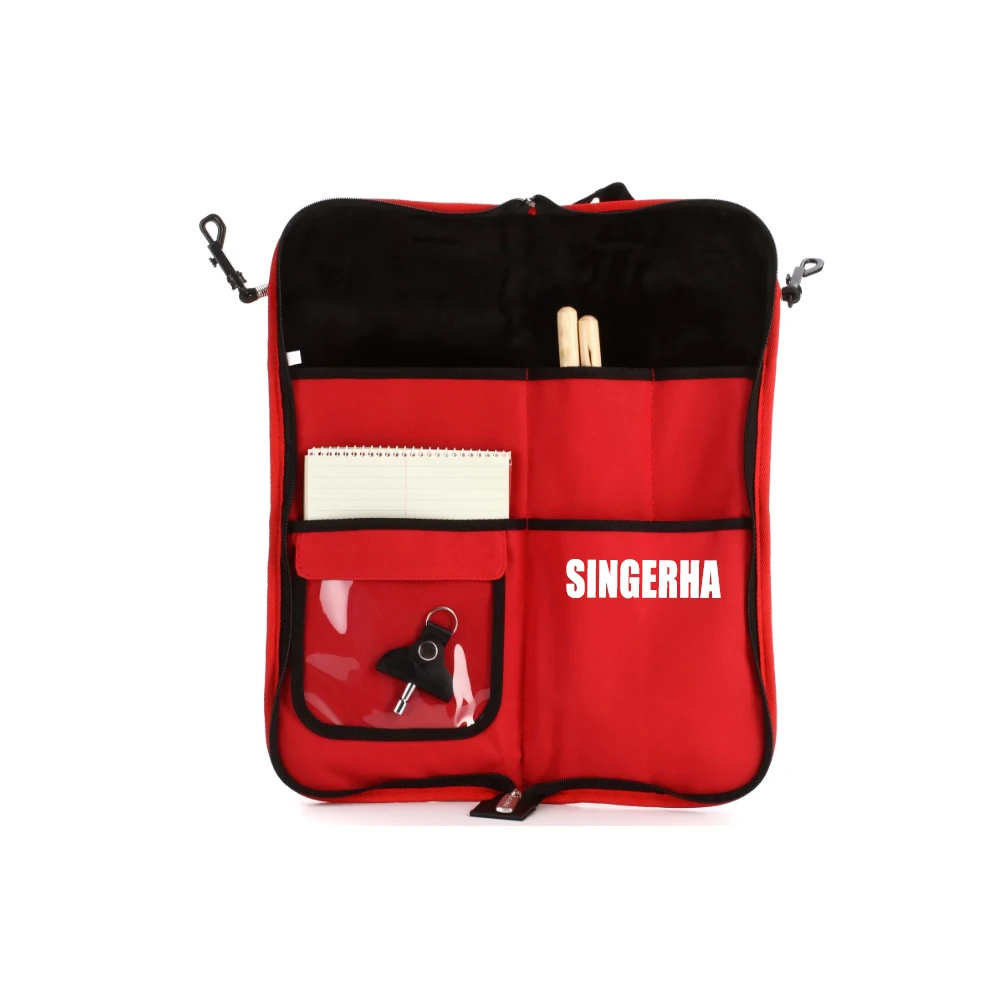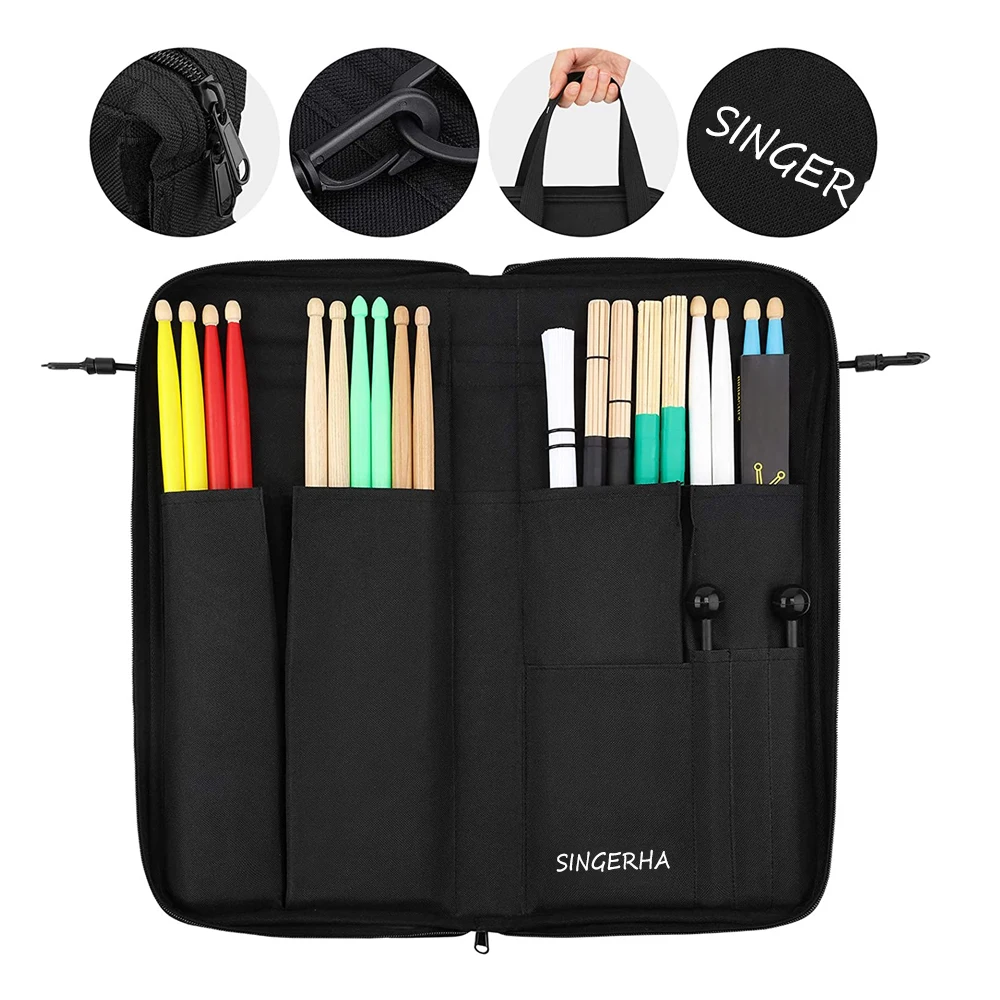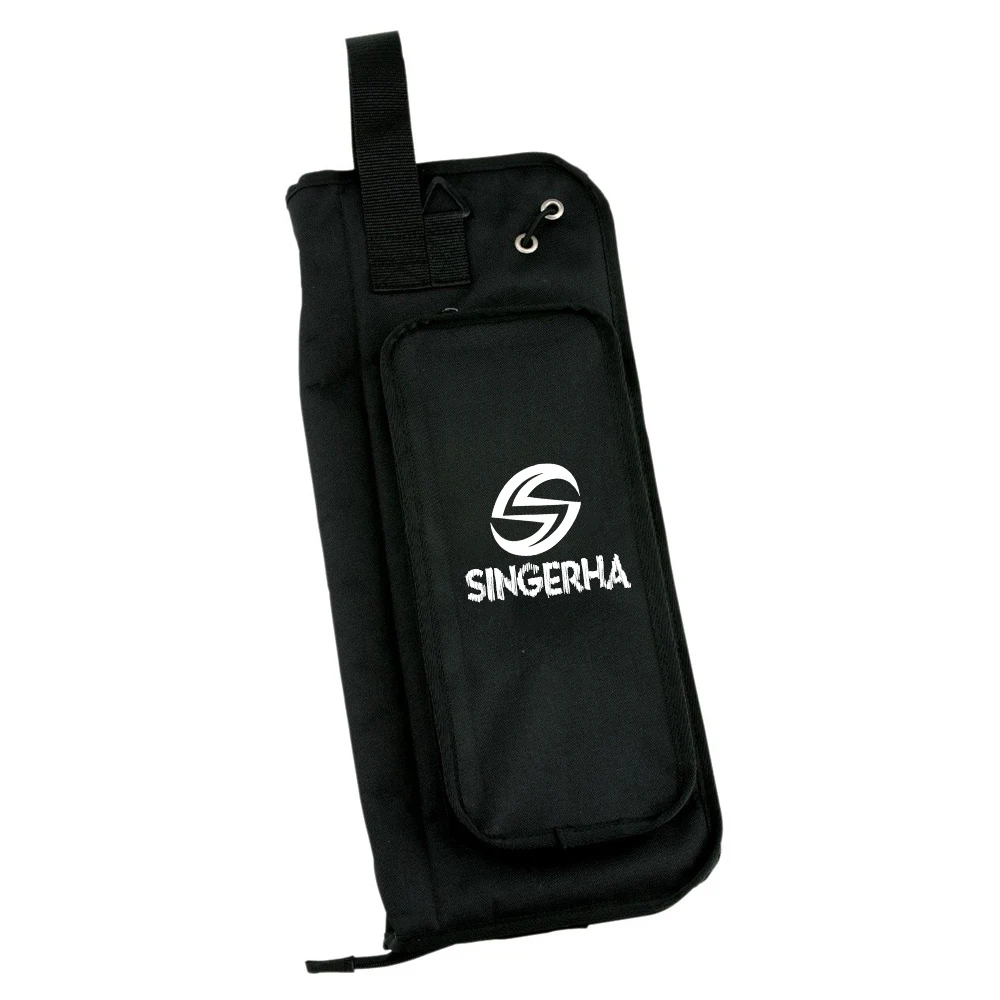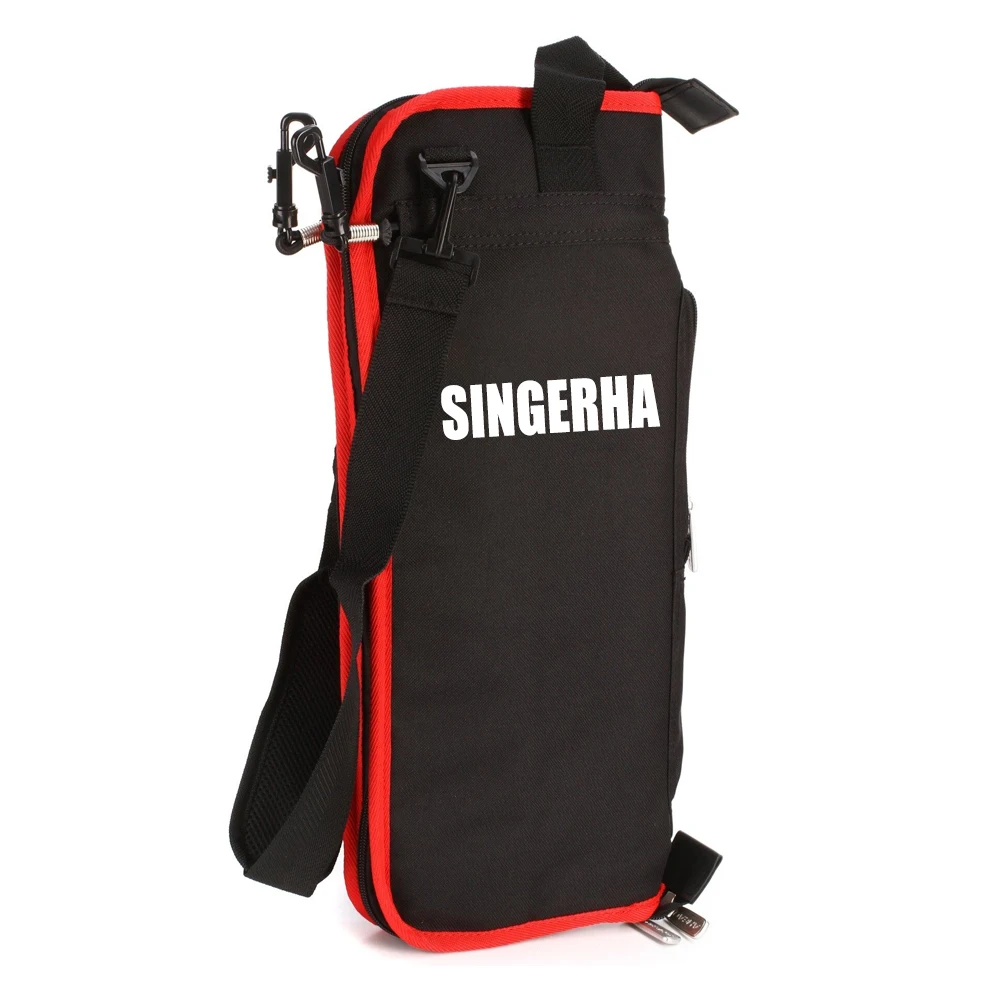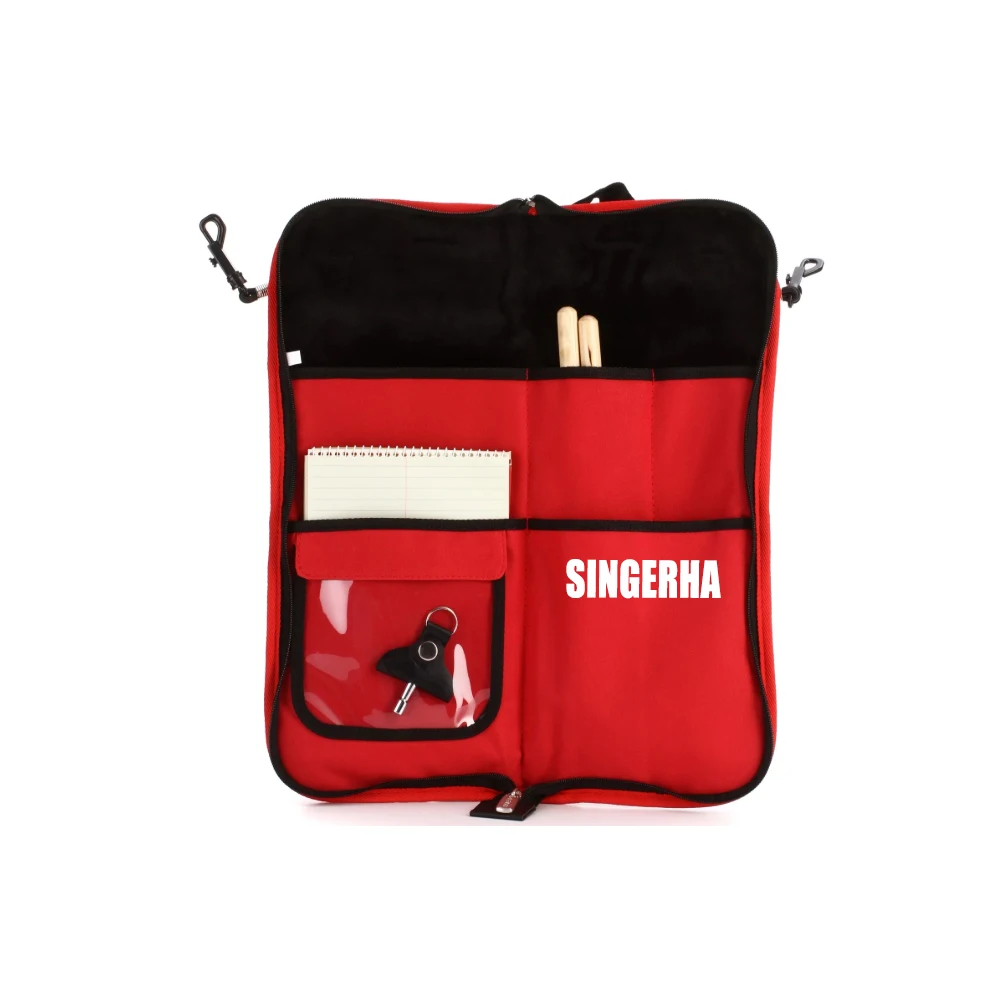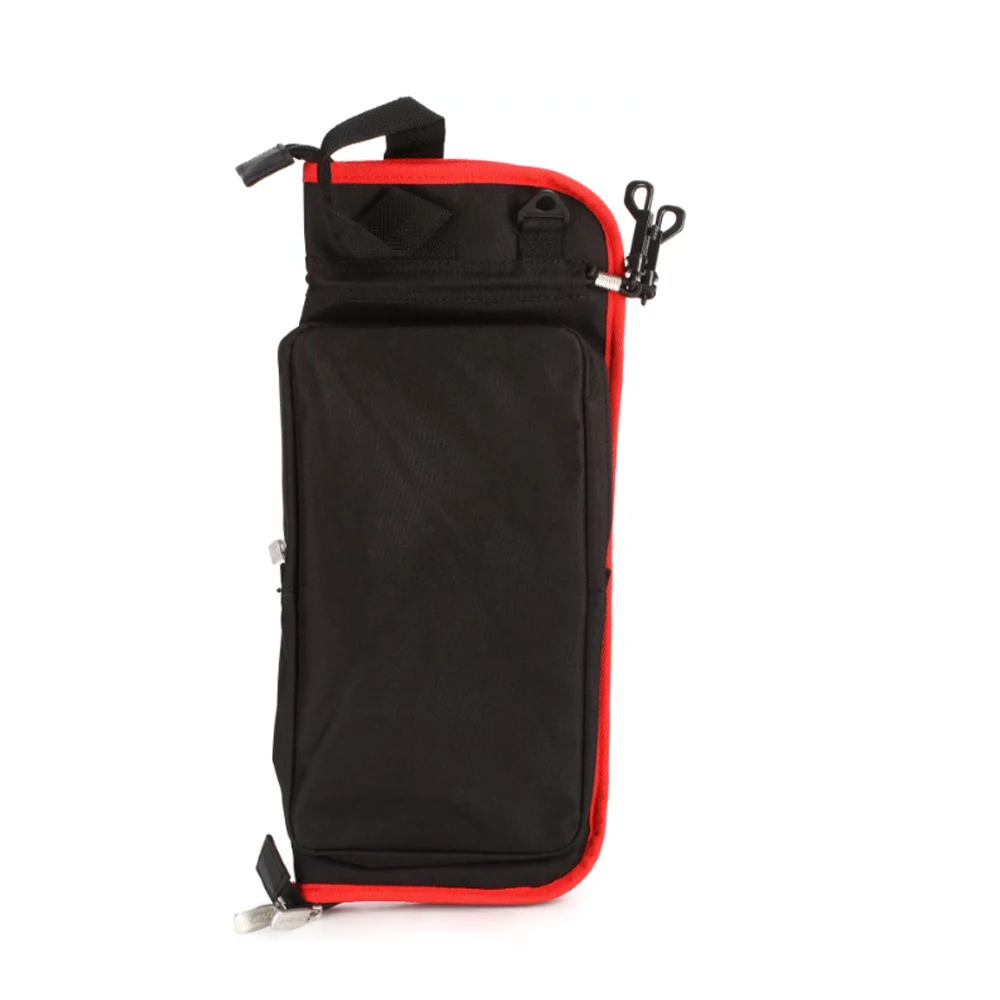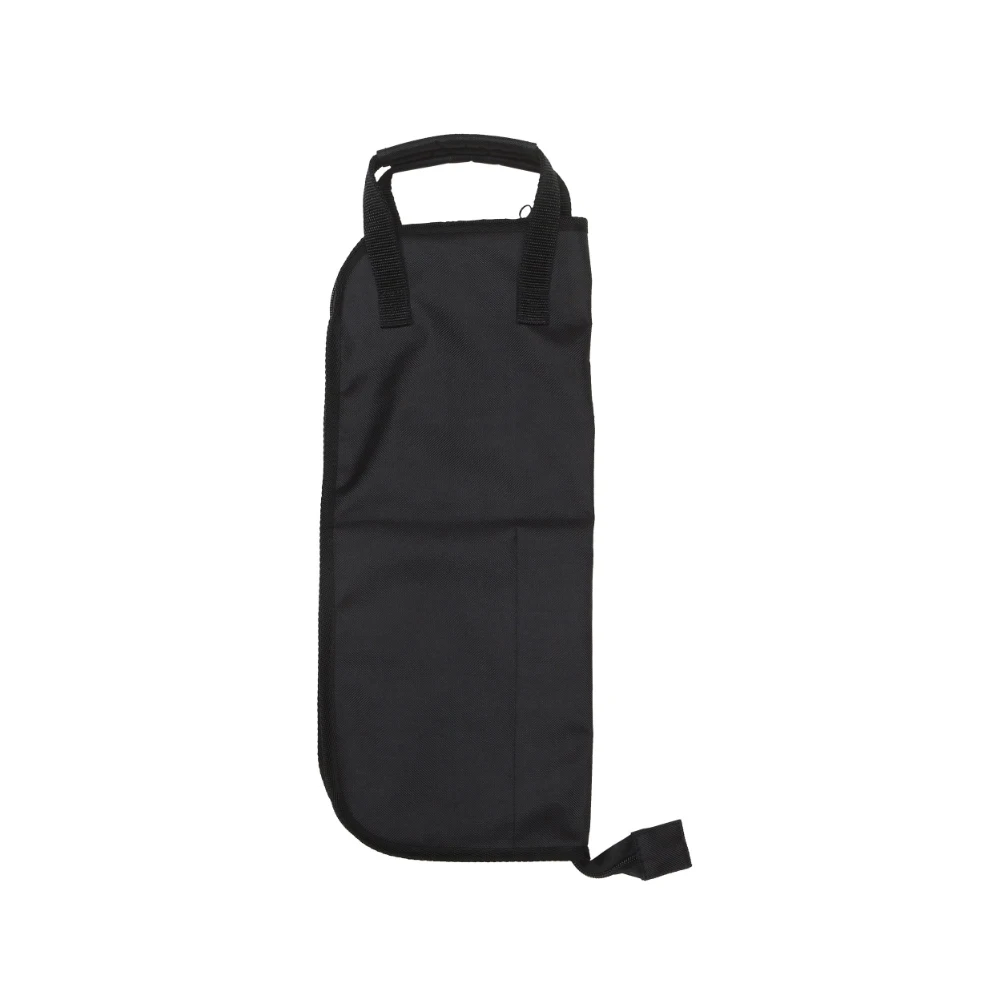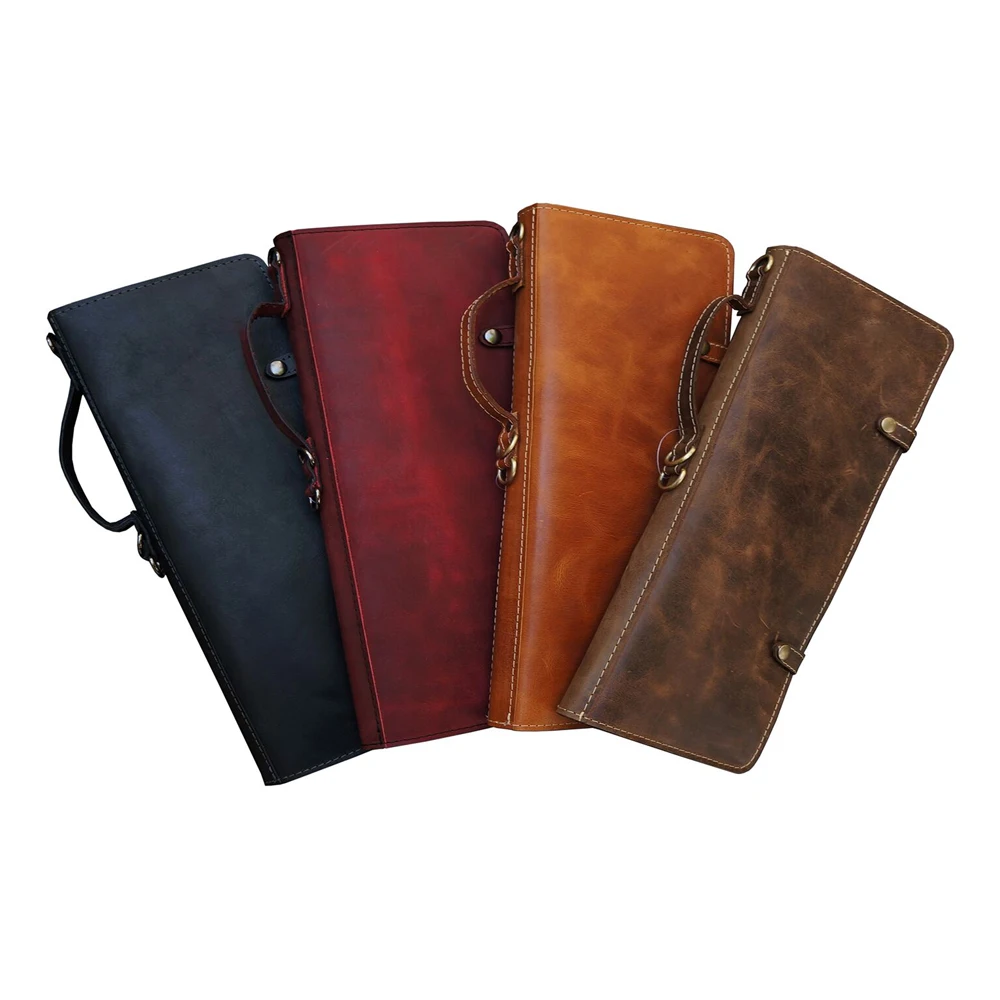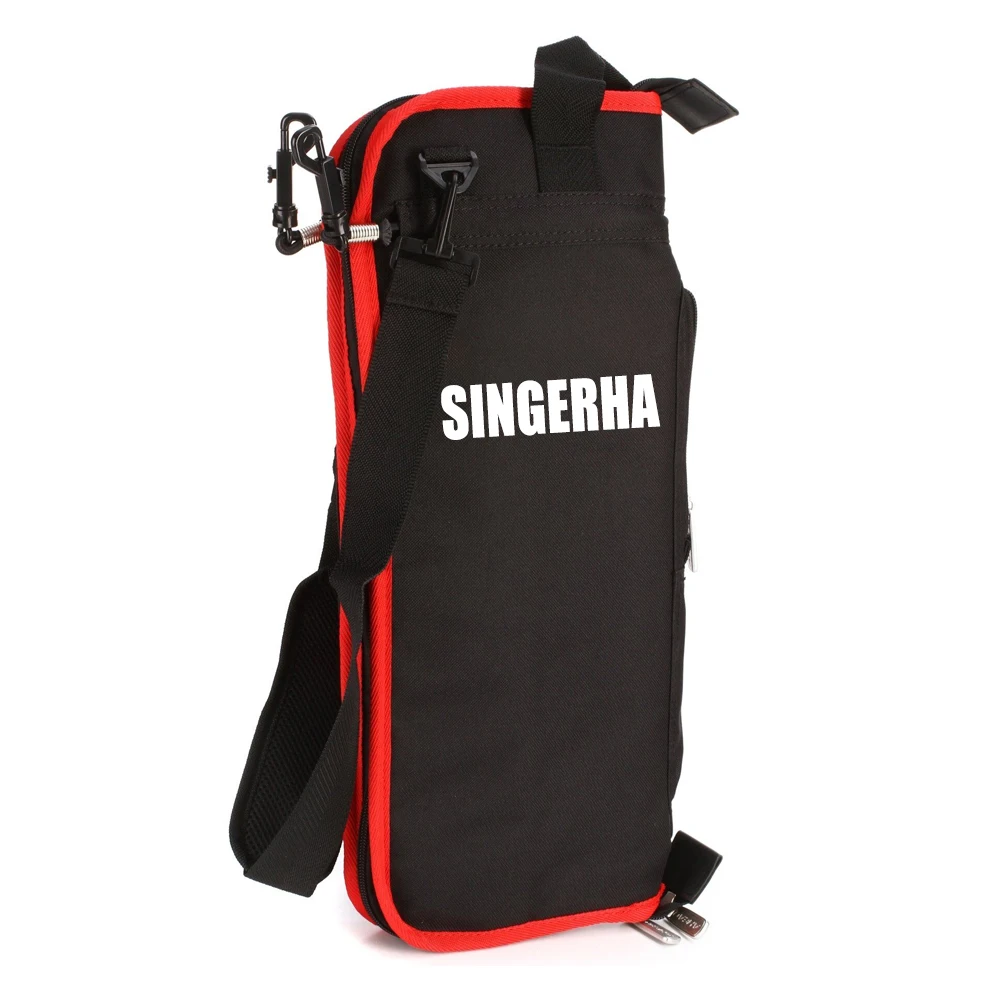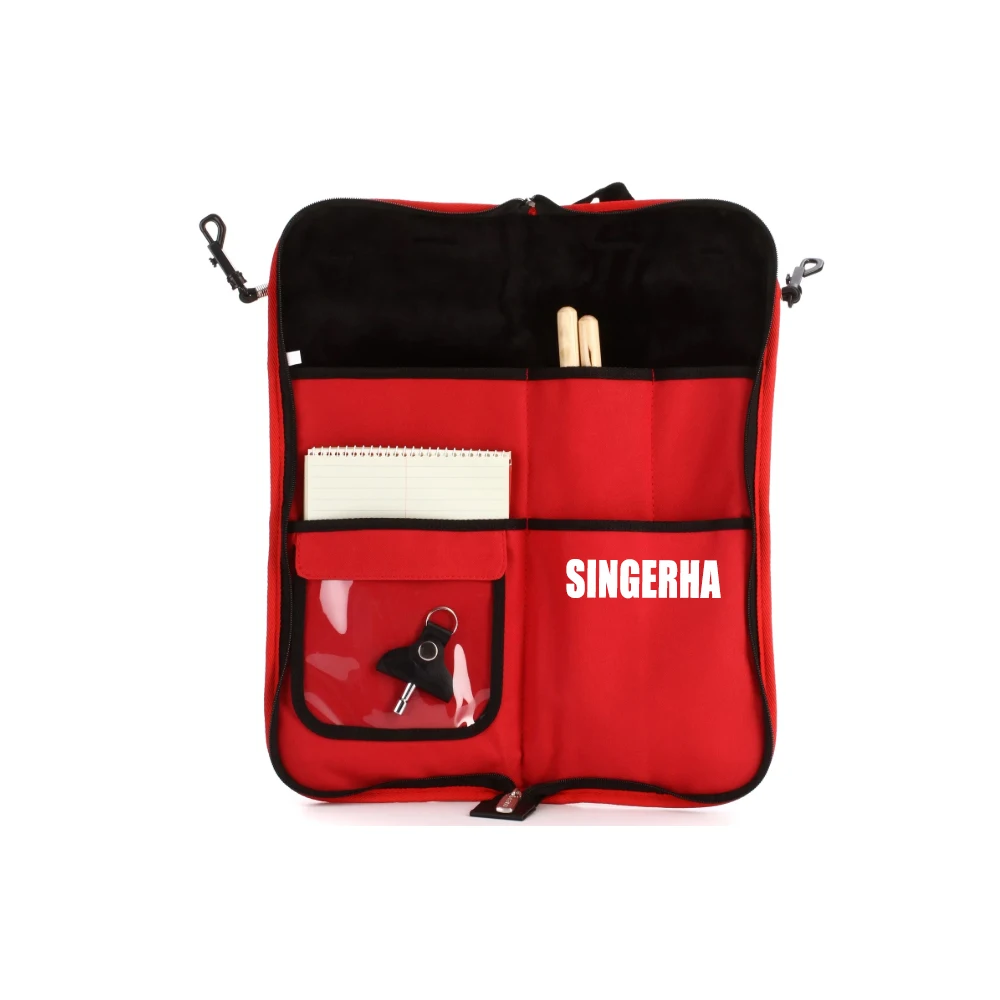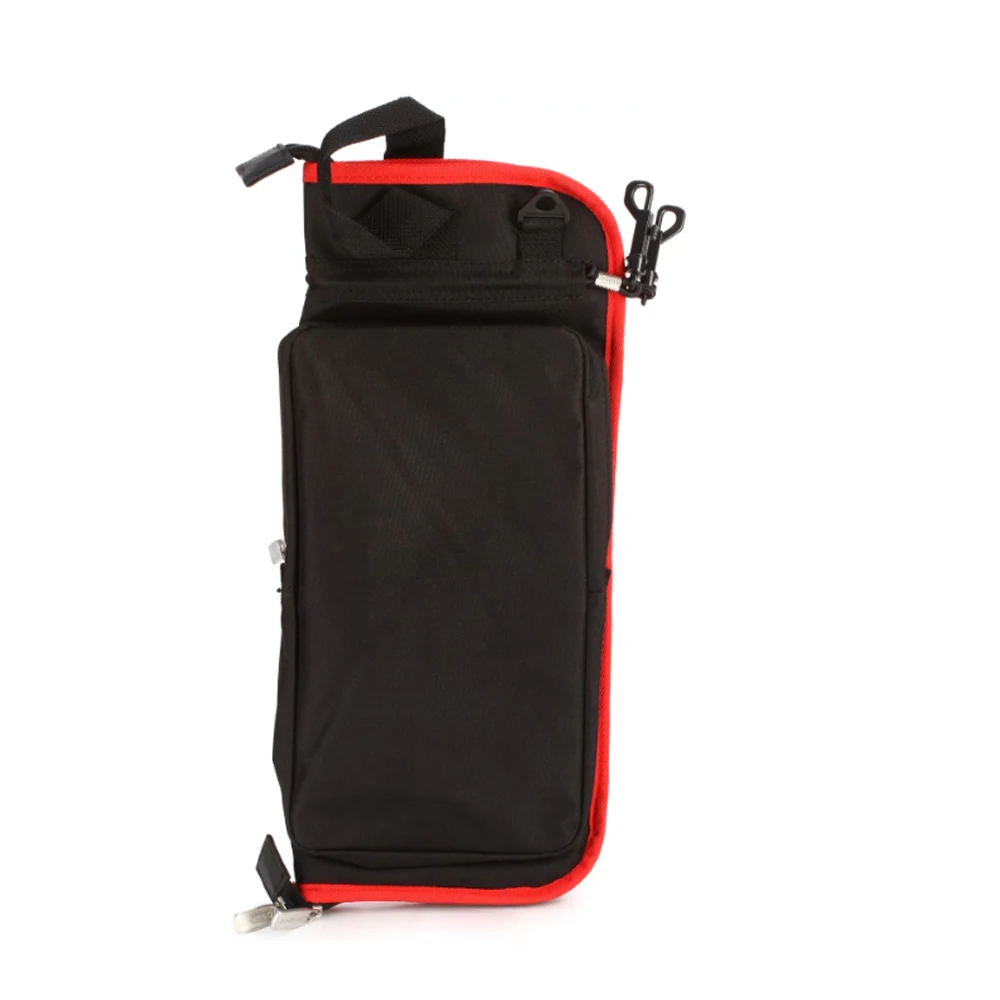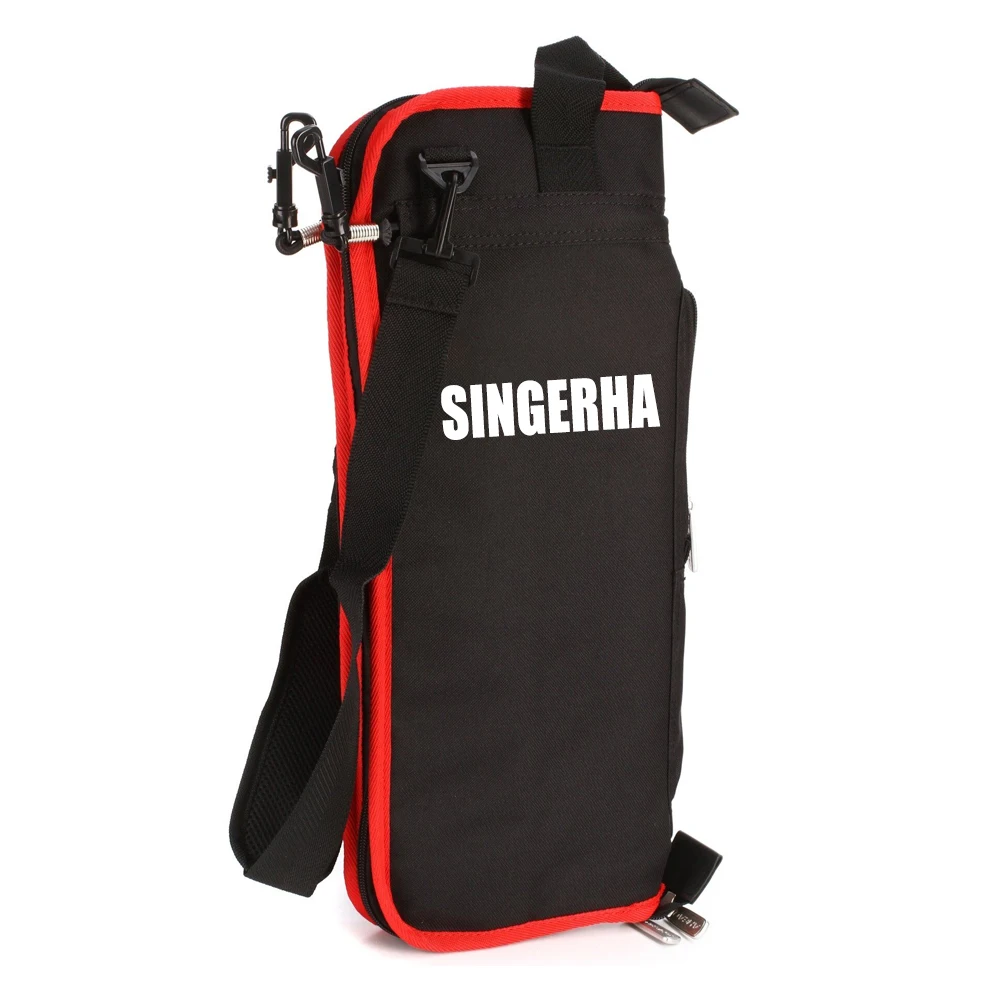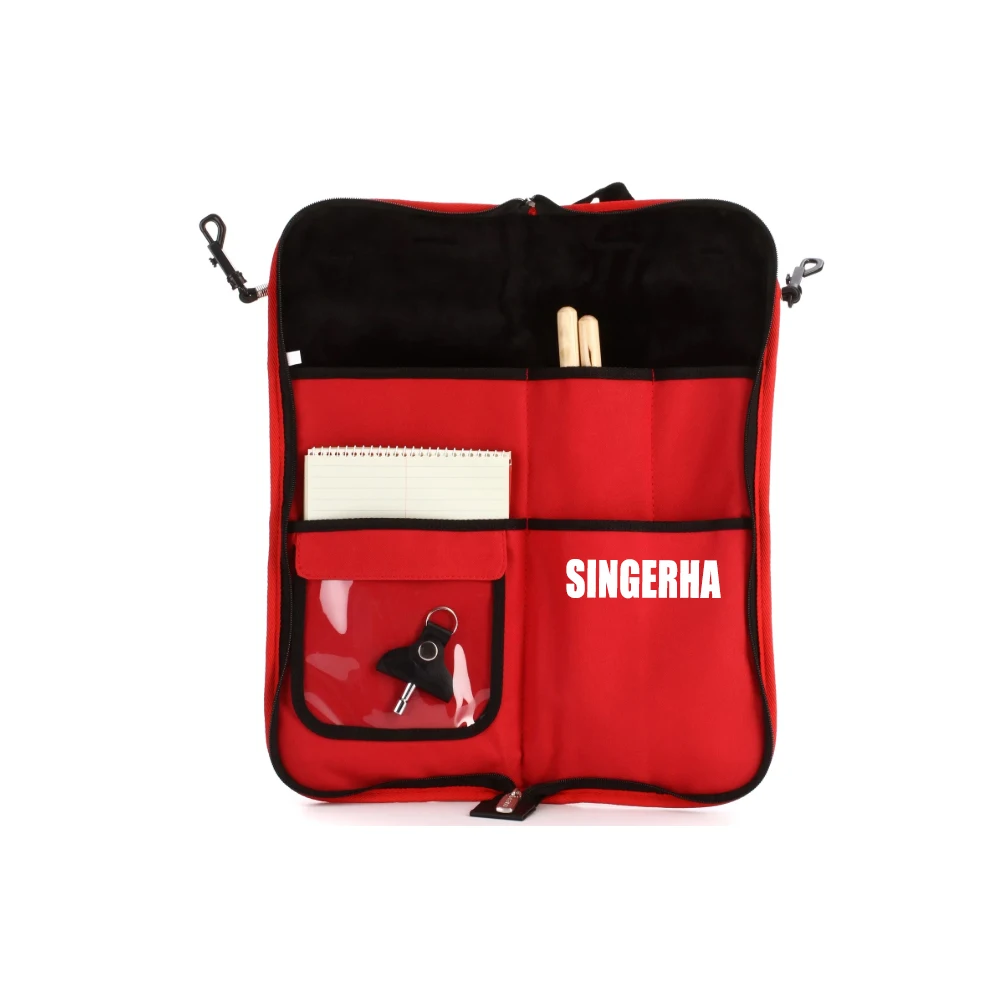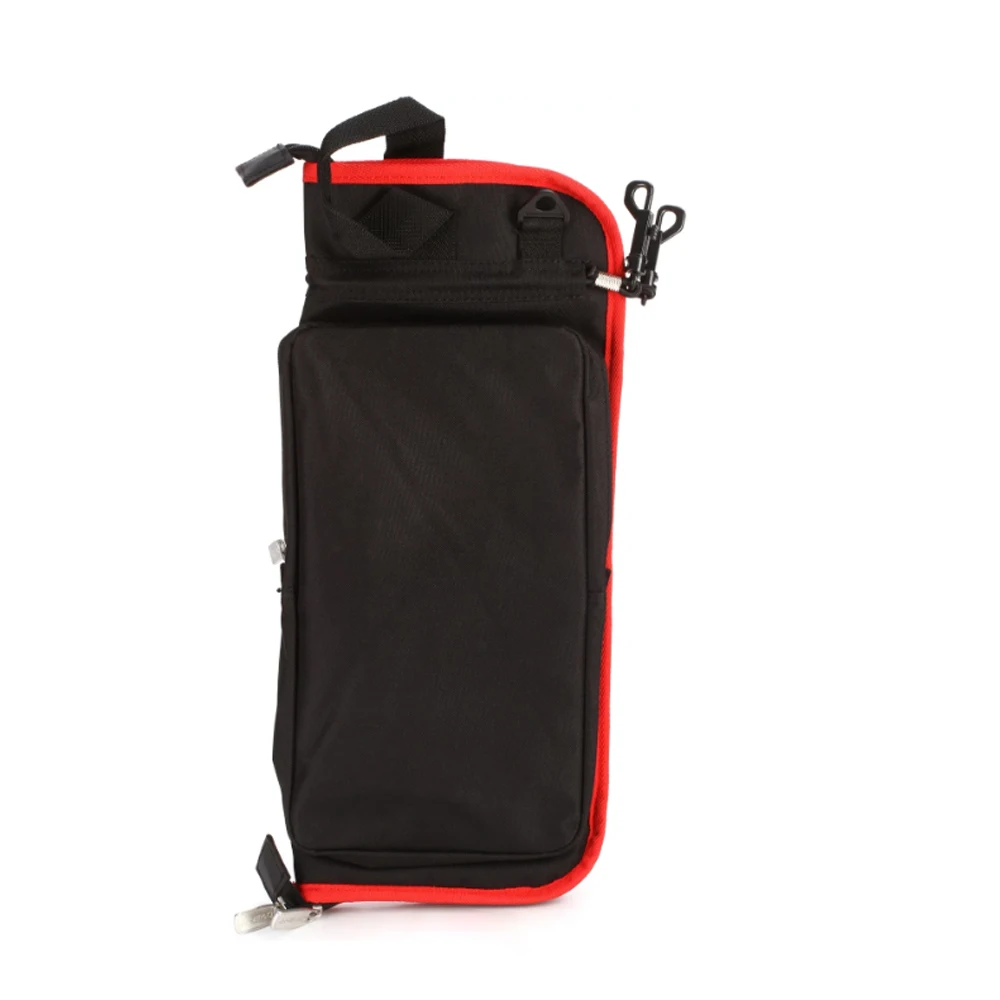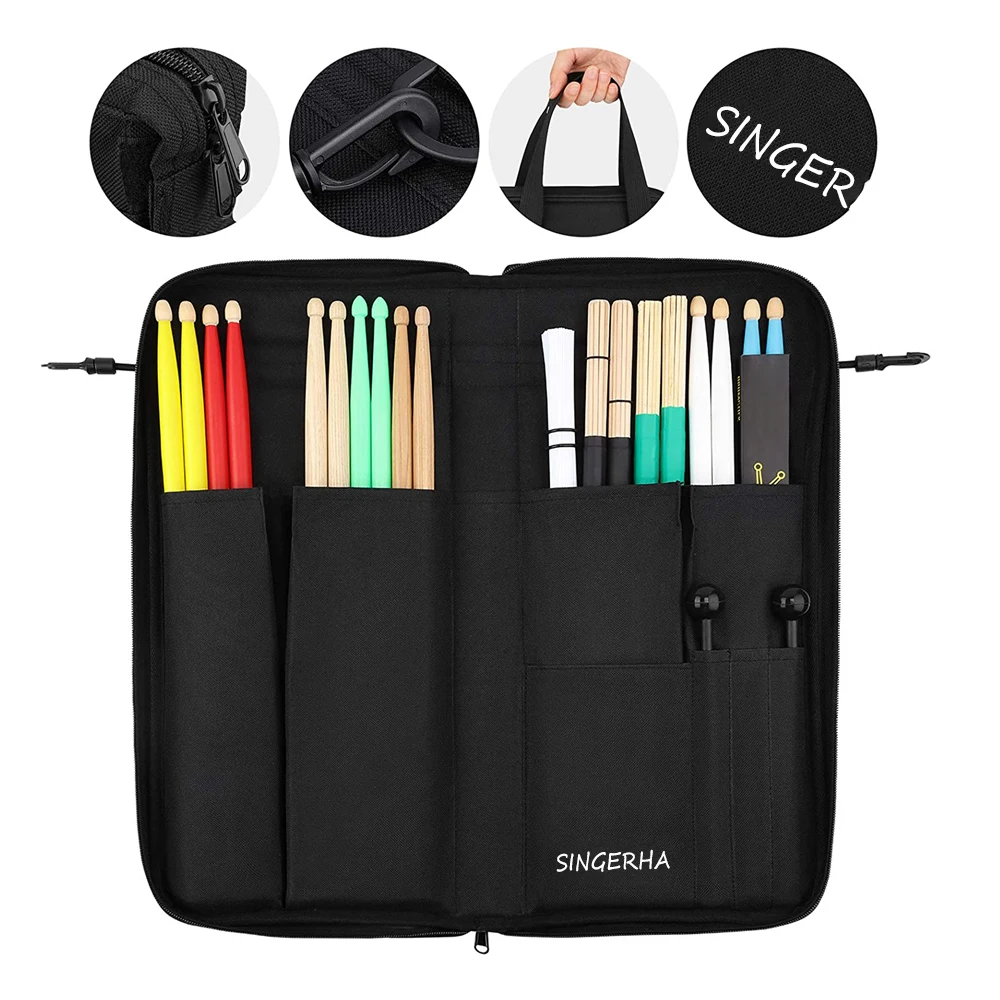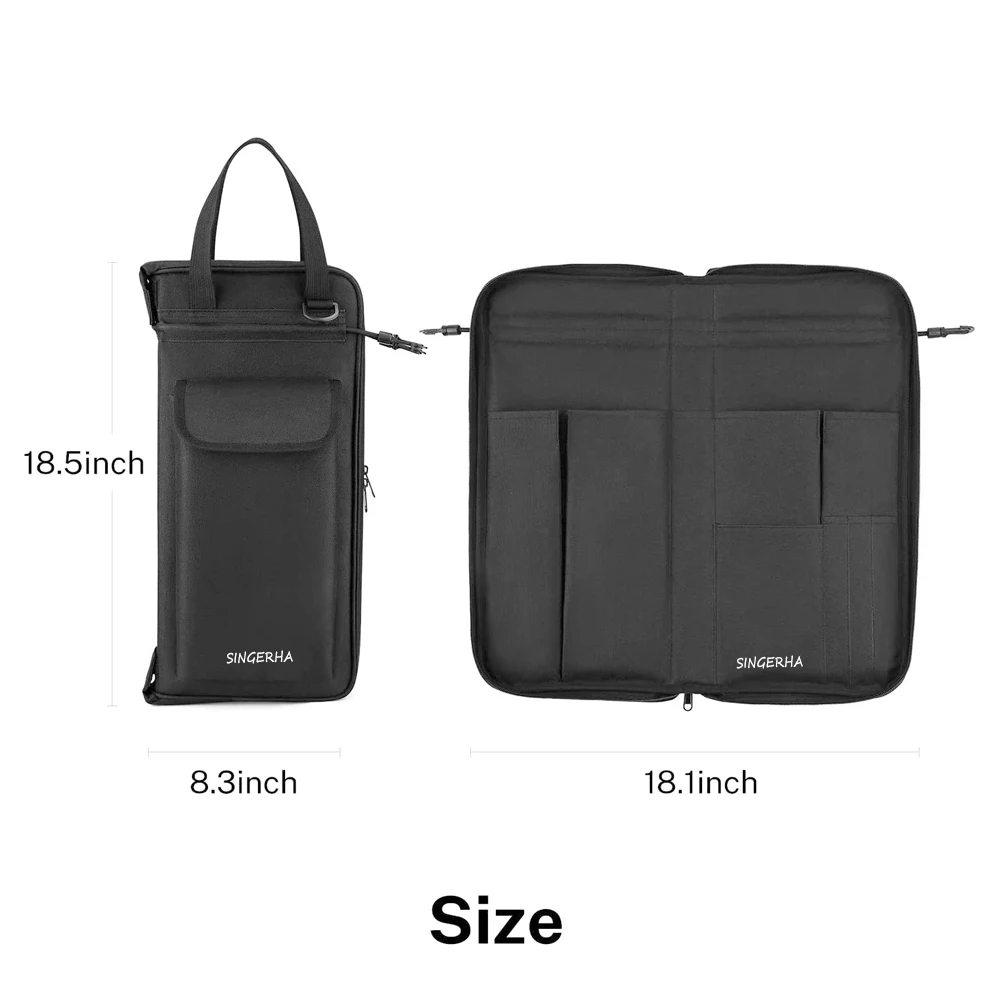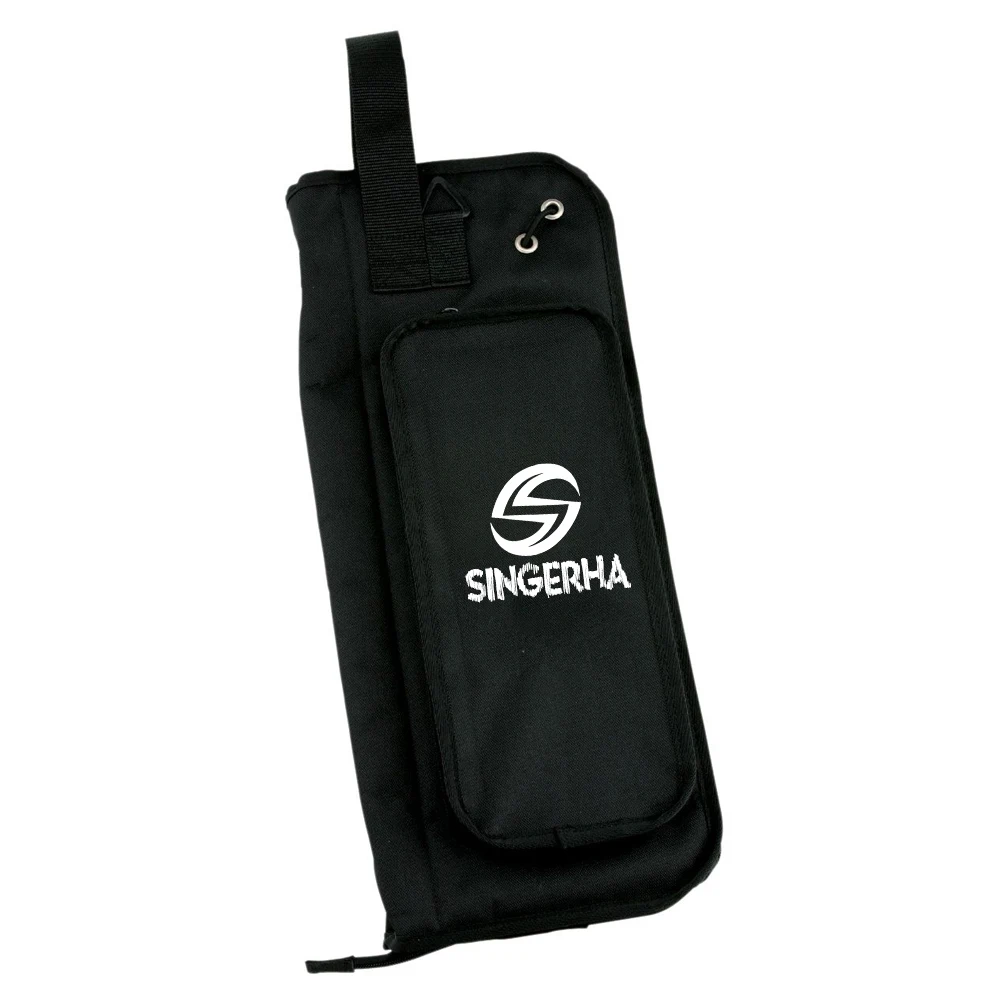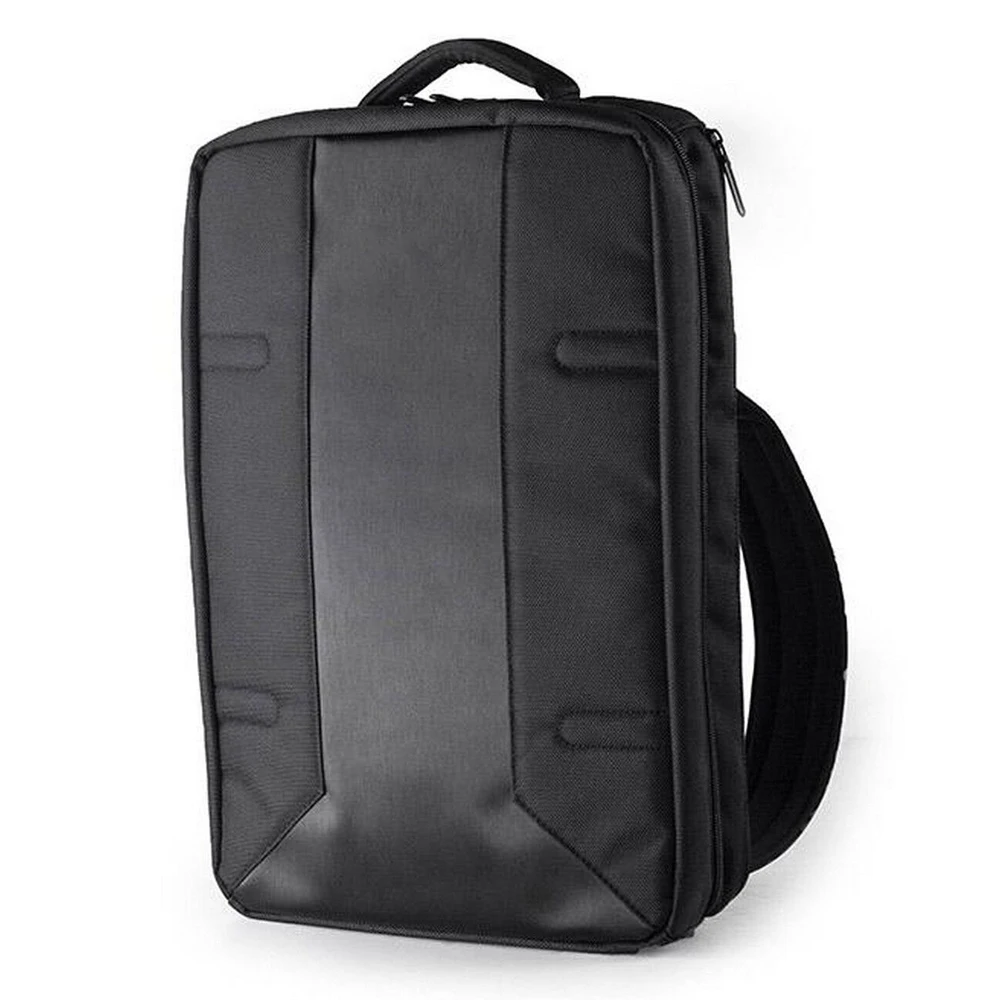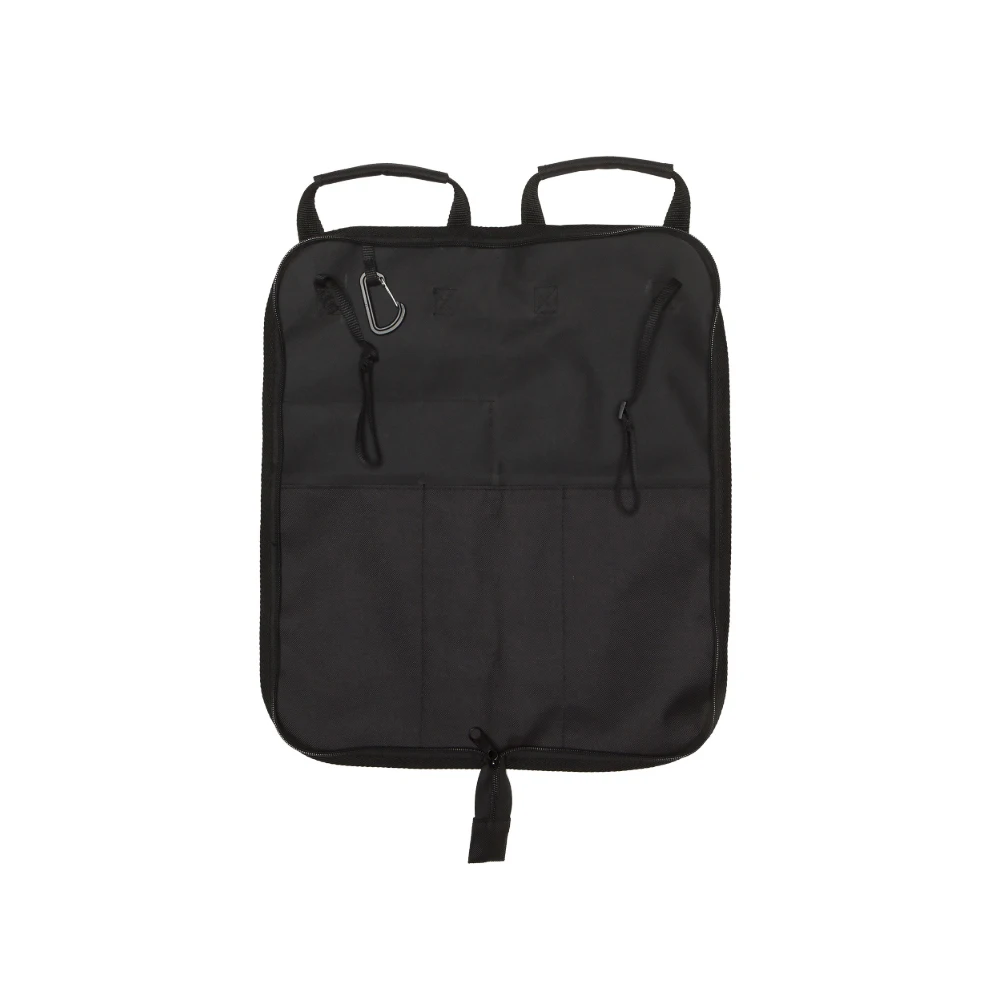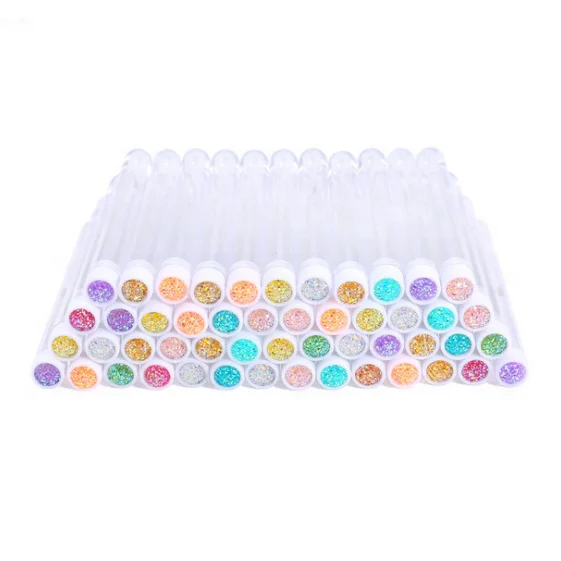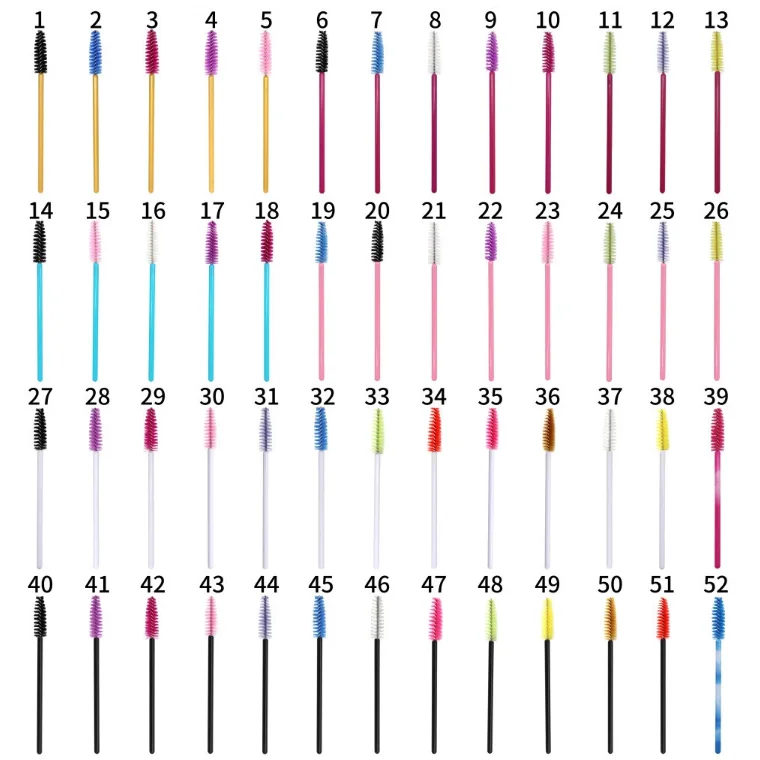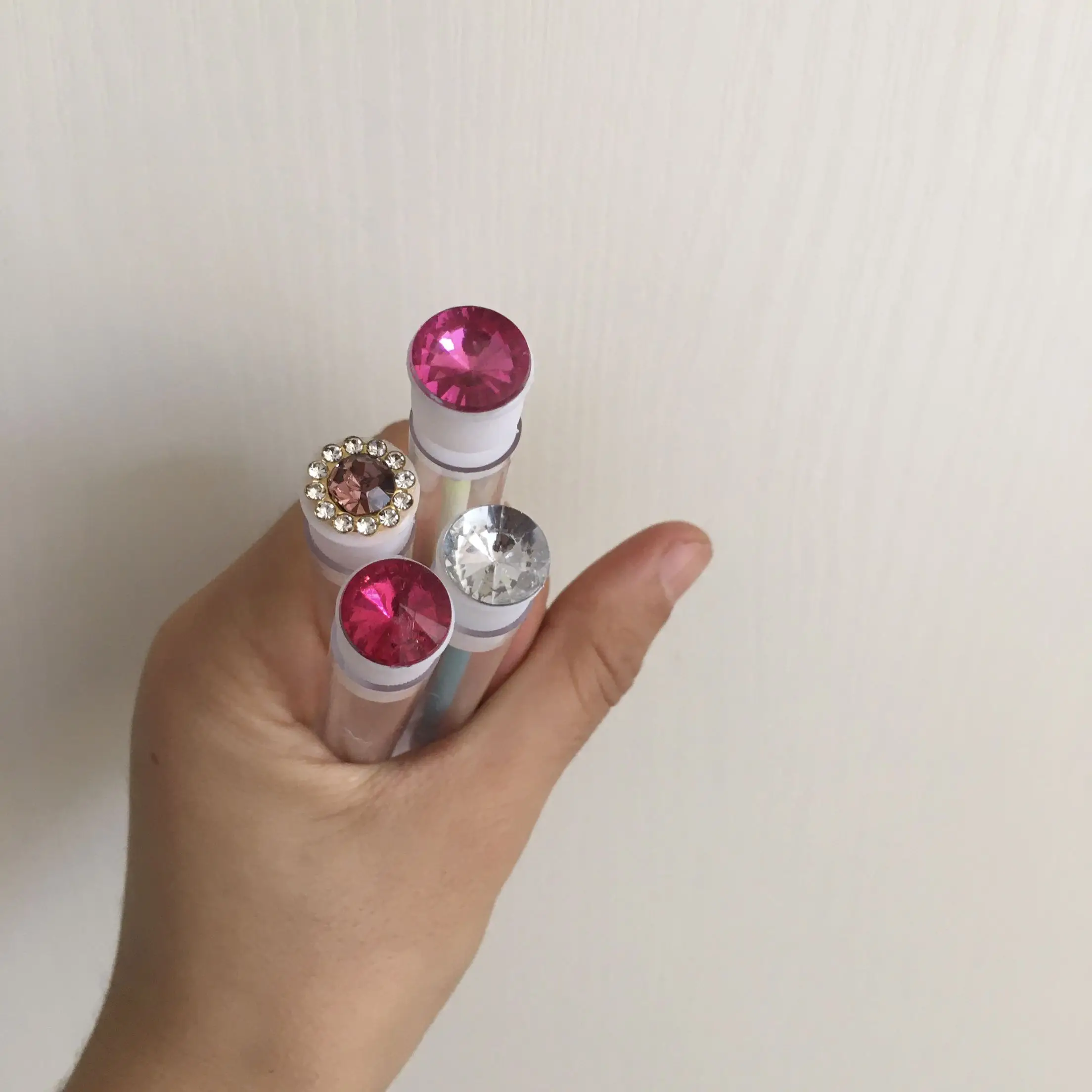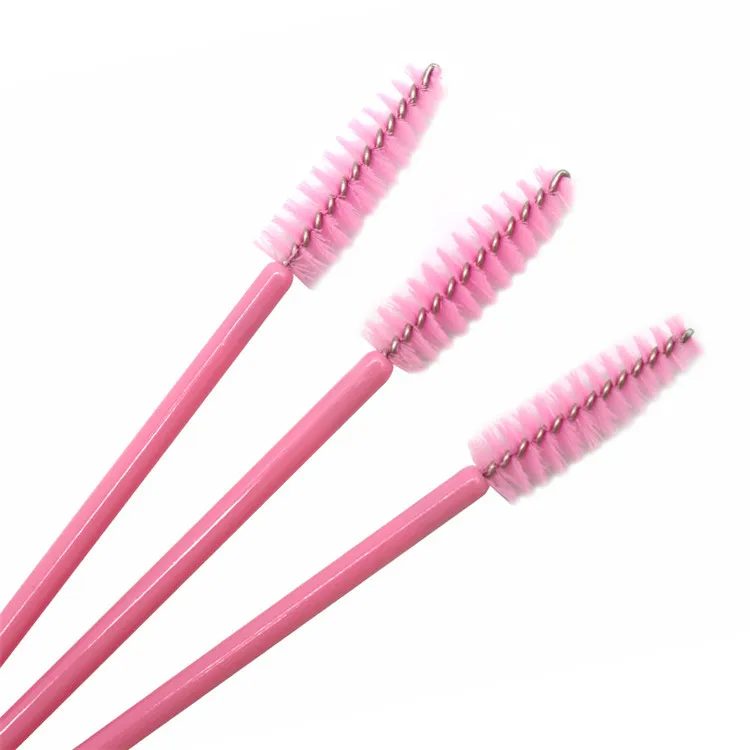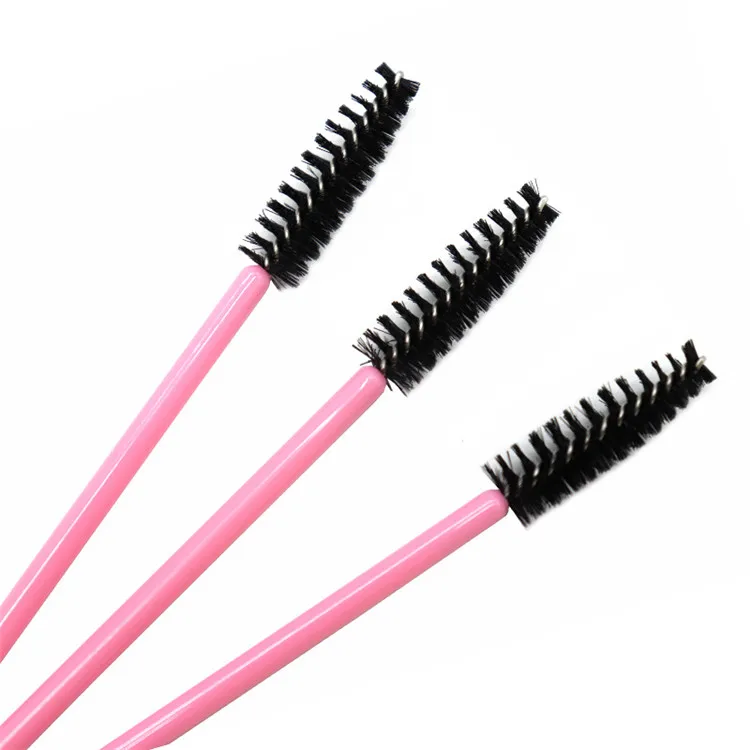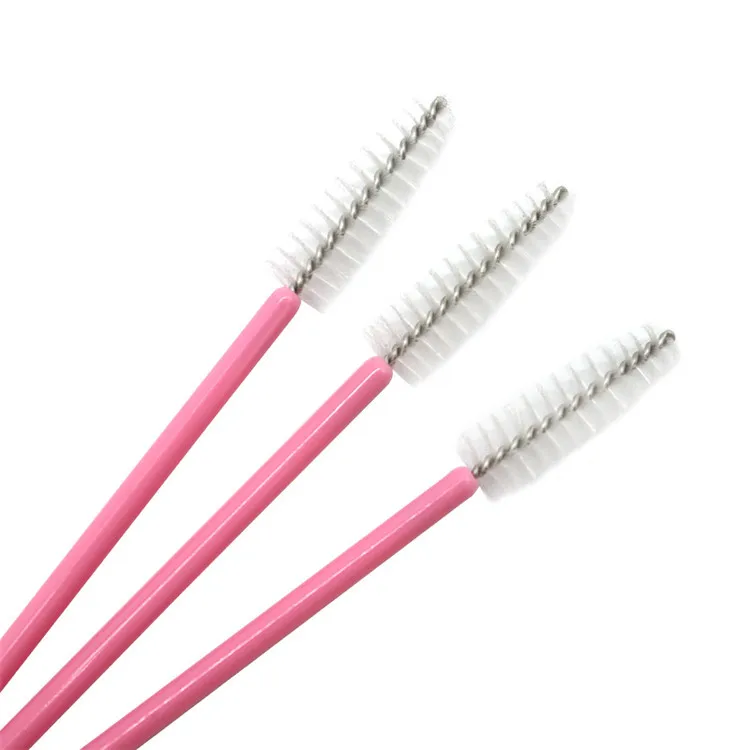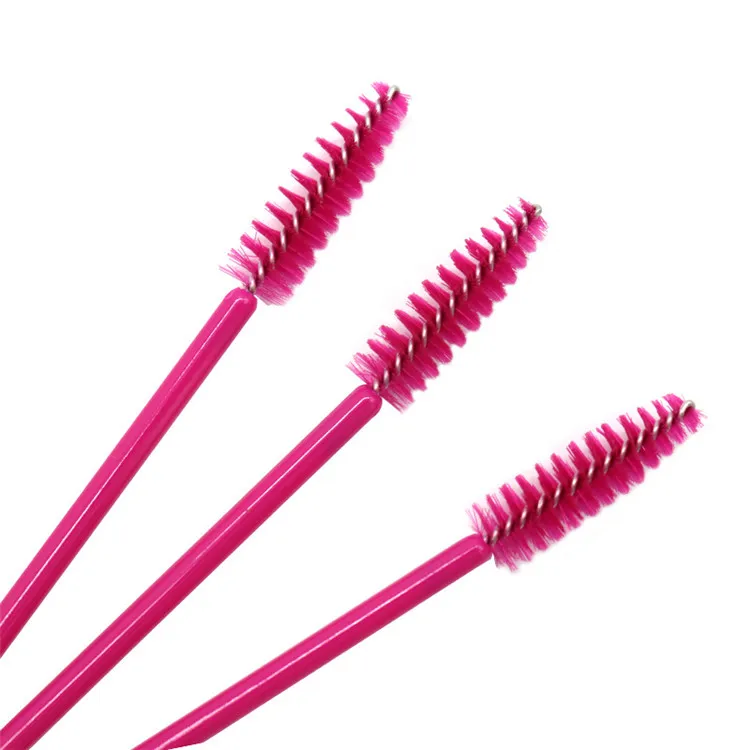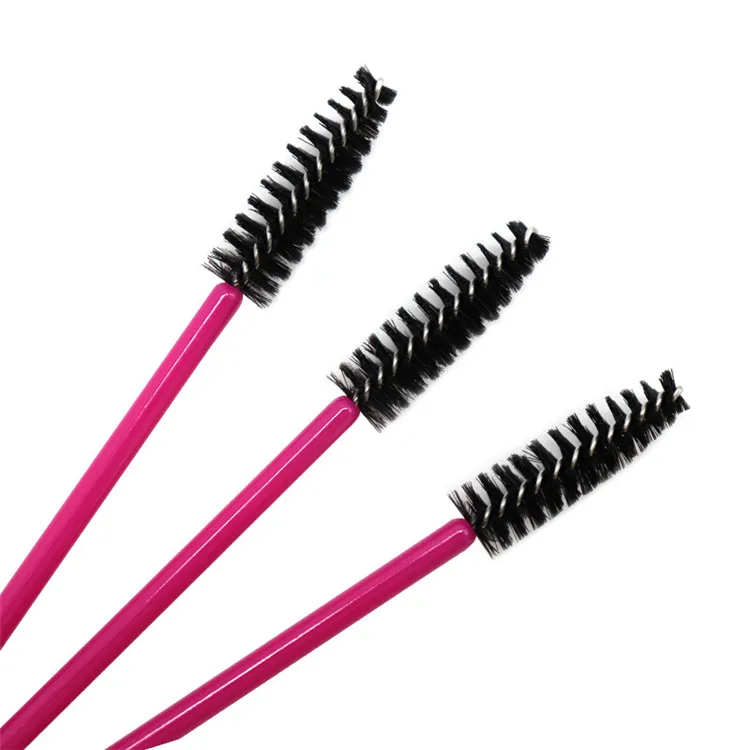Interdental Brushes: Your Guide to Choosing the Best for Oral Health
Maintaining optimal oral hygiene goes beyond just brushing your teeth. Interdental brushes are essential tools for cleaning between teeth, where regular toothbrushes can't reach. Whether you have braces, implants, or simply want to improve your dental care routine, these brushes offer a practical solution. This guide covers everything from types and features to buying tips and reliable suppliers.
How to Find Reliable Interdental Brushes from China in 2025
China is a leading manufacturer of dental care products, including interdental brushes. To find reliable suppliers in 2025, consider the following:
- Check certifications like ISO 13485 for medical devices.
- Read customer reviews and ratings on platforms like Alibaba.
- Request product samples to test quality before bulk orders.
- Verify supplier credibility through trade assurance programs.
What Buyers Should Know Before Buying Interdental Brushes from China
Purchasing interdental brushes from China requires careful consideration:
- Material quality: Ensure brushes use soft, non-toxic bristles and durable handles.
- Packaging: Look for hygienic, tamper-proof packaging.
- Minimum order quantities (MOQs): Negotiate flexible terms for small businesses.
- Shipping costs and lead times: Factor these into your budget and timeline.
Types of Interdental Brushes
There are several types of interdental brushes to suit different needs:
- Straight brushes: Ideal for general use and easy handling.
- Angled brushes: Designed for hard-to-reach areas like back teeth.
- Disposable brushes: Convenient for travel or single-use hygiene.
- Reusable brushes: Eco-friendly options with replaceable heads.
Functions and Features of Interdental Brushes
Interdental brushes offer unique benefits:
- Remove plaque and food particles between teeth.
- Prevent gum disease and cavities in tight spaces.
- Come in various sizes (0.4mm to 1.5mm) for different gaps.
- Often include ergonomic handles for better grip.
Scenarios of Interdental Brushes
These brushes are useful in multiple situations:
- Daily oral care routines for adults and seniors.
- Special care for orthodontic patients with braces.
- Post-dental surgery cleaning around implants or bridges.
- Travel hygiene kits for maintaining dental health on the go.
How to Choose Interdental Brushes
Selecting the right brush involves:
- Measuring gaps between your teeth to pick proper sizes.
- Choosing bristle firmness based on gum sensitivity.
- Considering handle design for comfort and control.
- Checking if the brush is compatible with your dental work (braces, implants).
Interdental Brushes Q & A
Q: How often should I replace my interdental brush?
A: Replace every 2-3 weeks or when bristles show wear.
Q: Can interdental brushes replace flossing?
A: They complement flossing but may not fully replace it for tight contacts.
Q: Are these brushes safe for sensitive gums?
A: Yes, choose extra-soft bristles and use gentle pressure.
Q: How do I clean my interdental brush?
A: Rinse thoroughly after each use and occasionally soak in mouthwash.
Q: Can children use interdental brushes?
A: Only under adult supervision and with pediatric-sized brushes.





